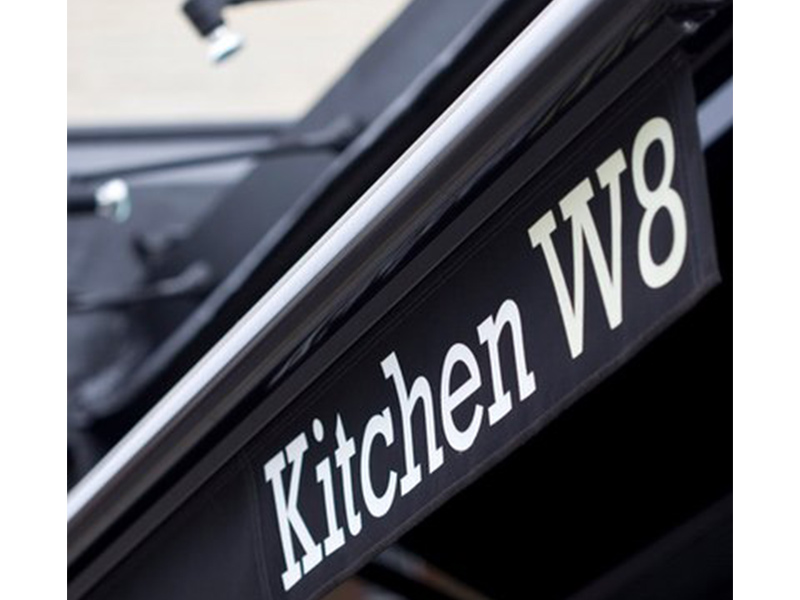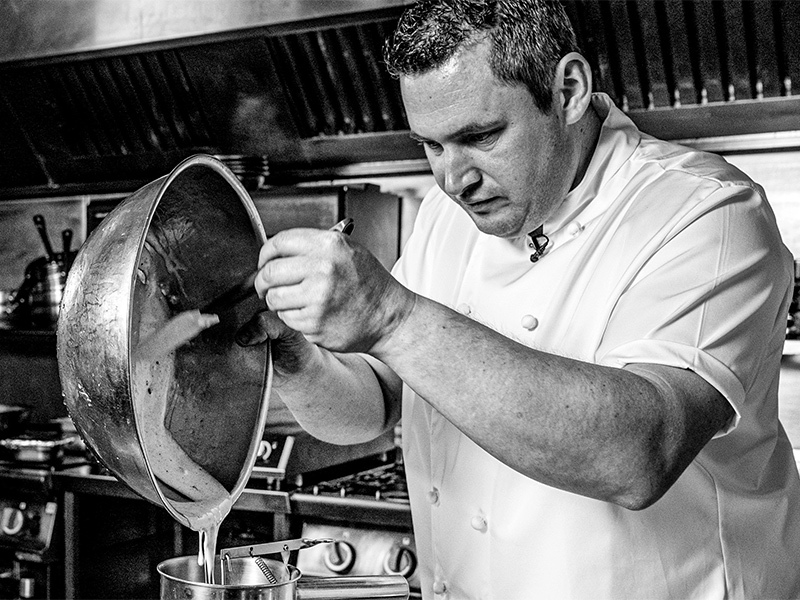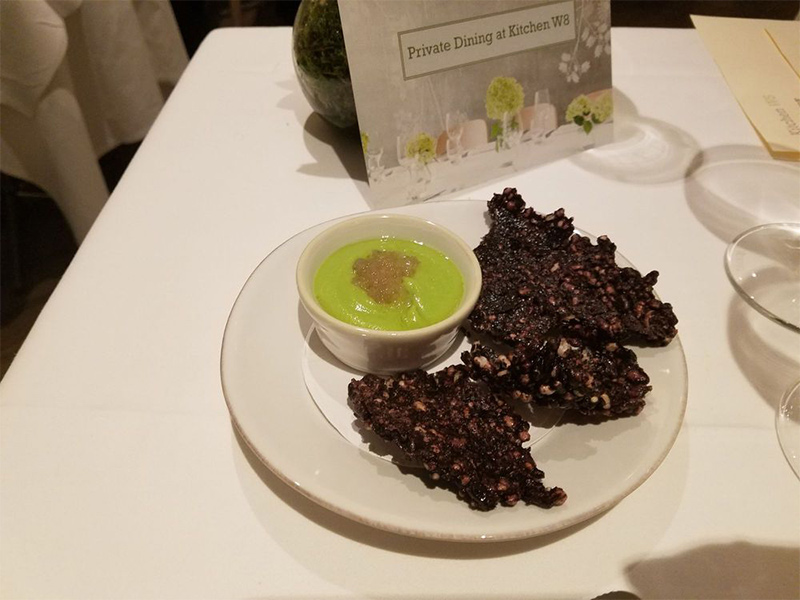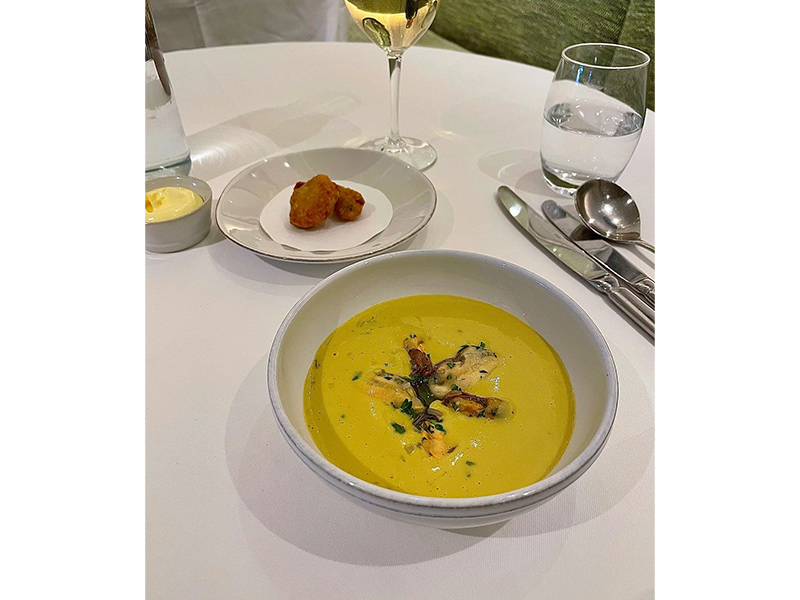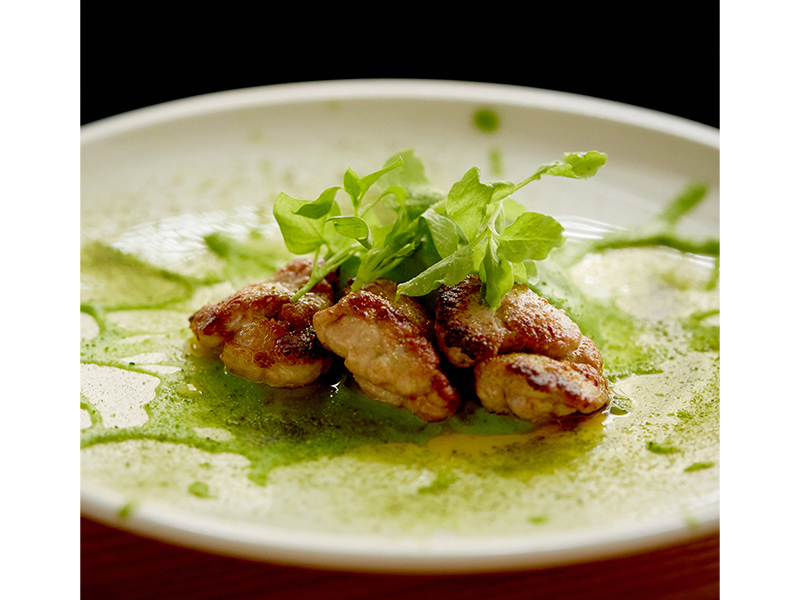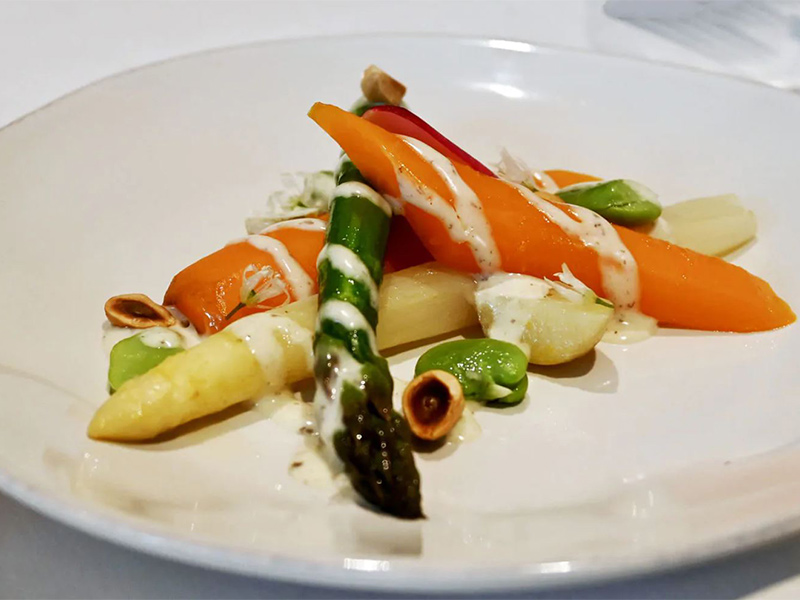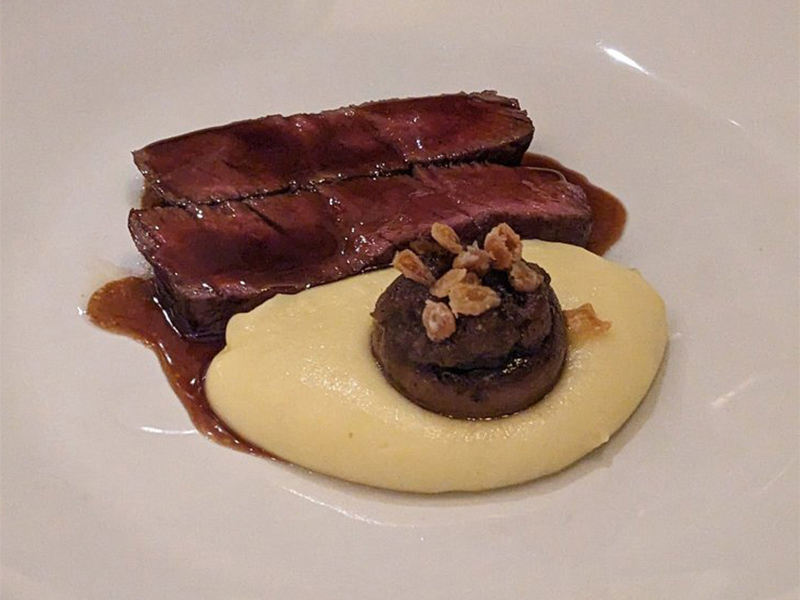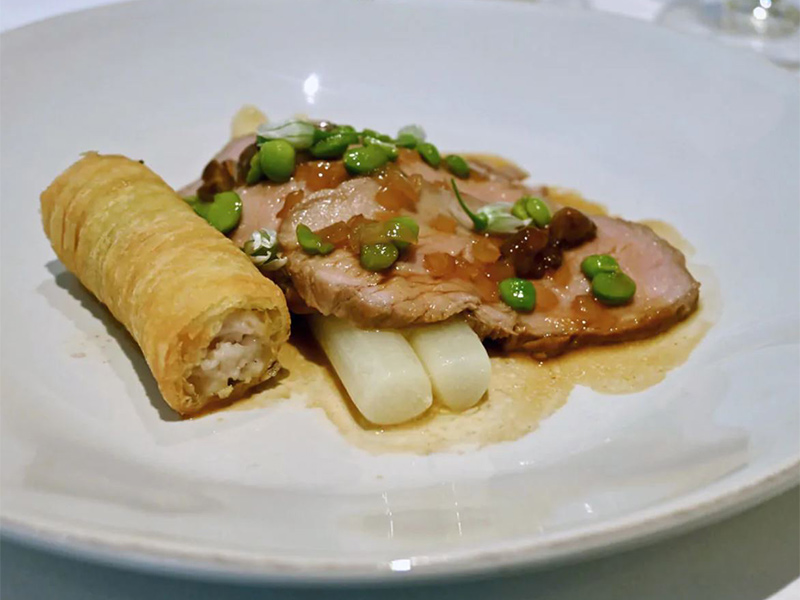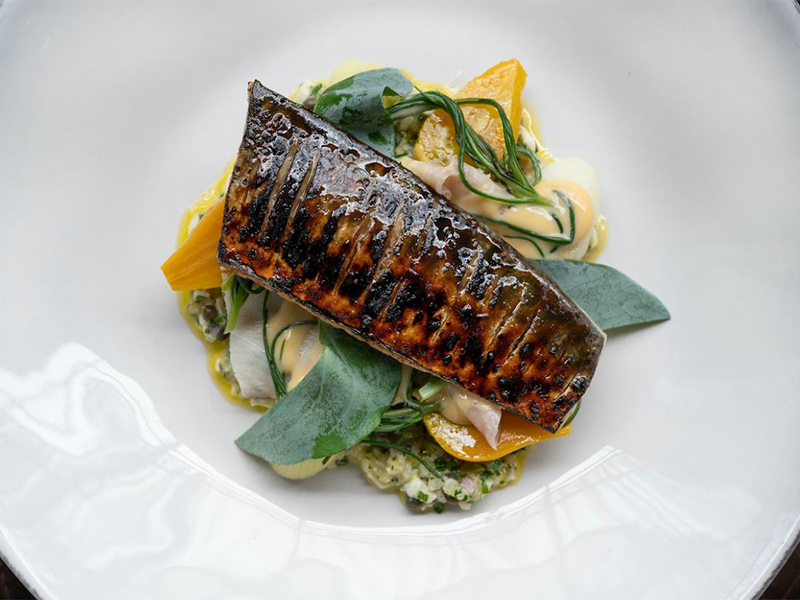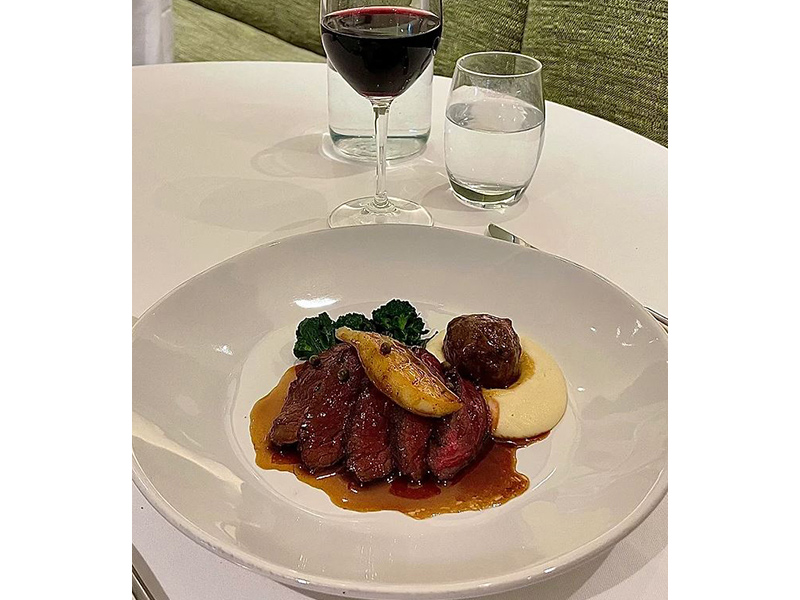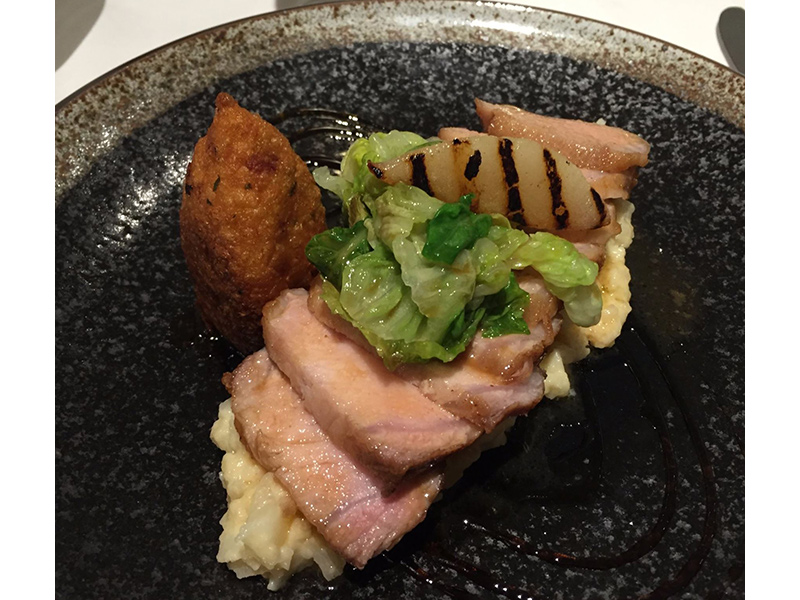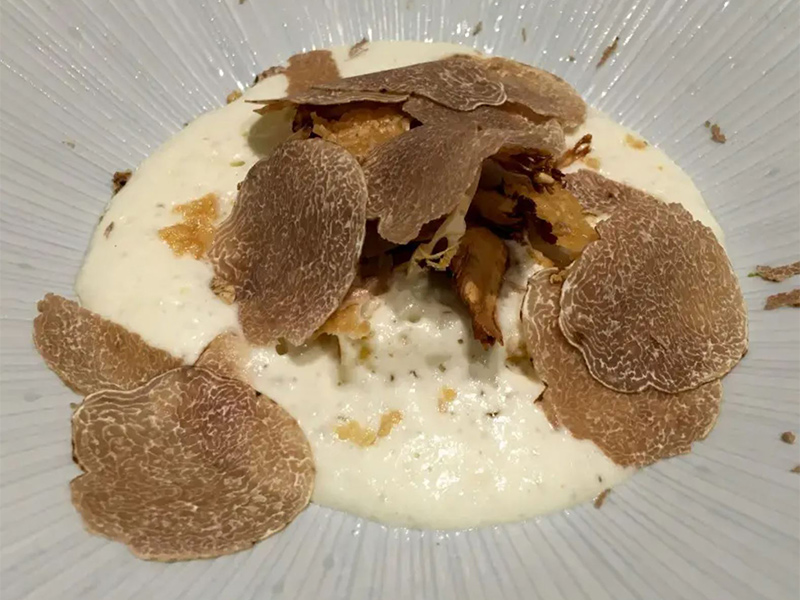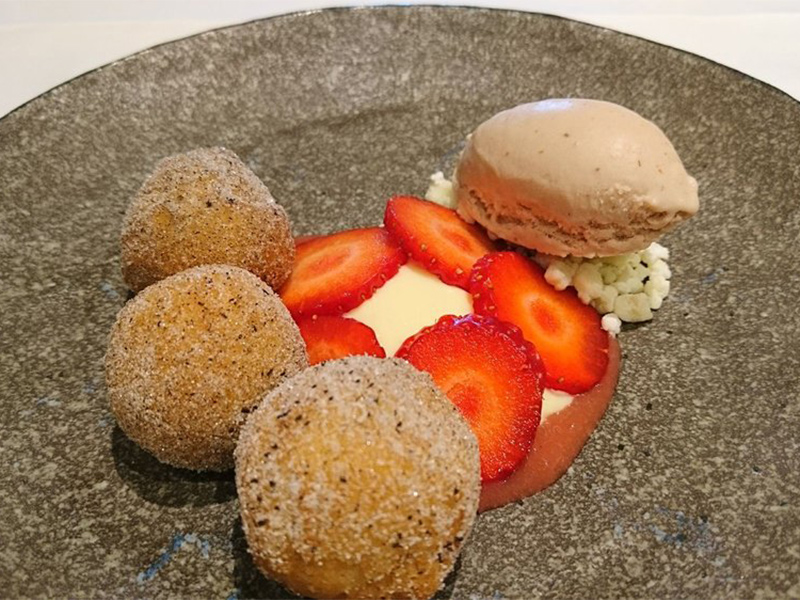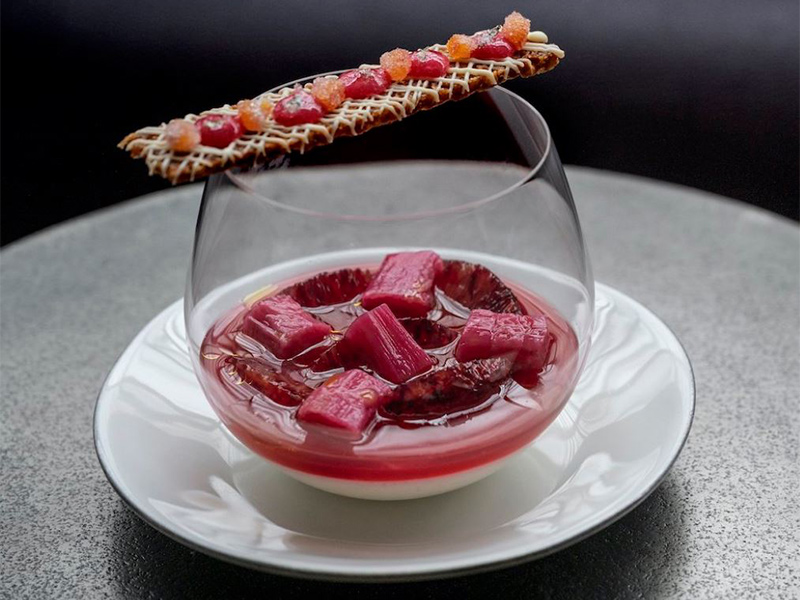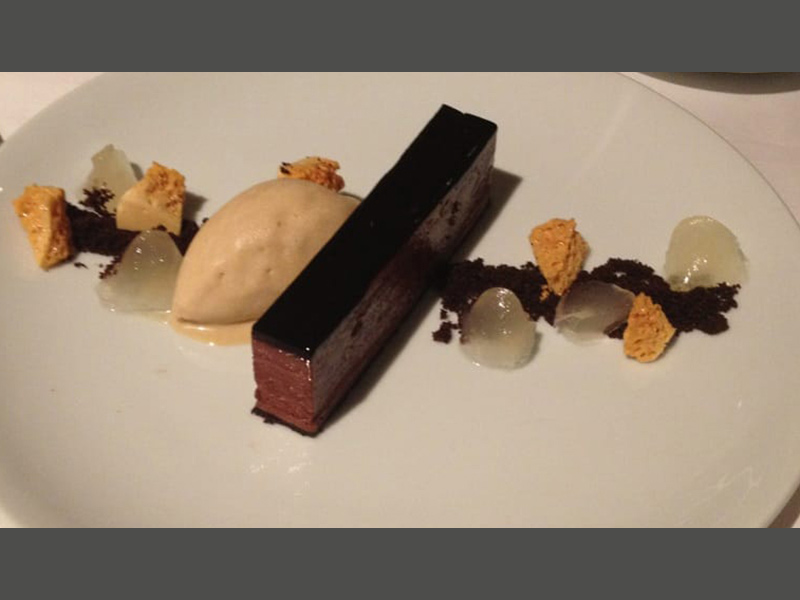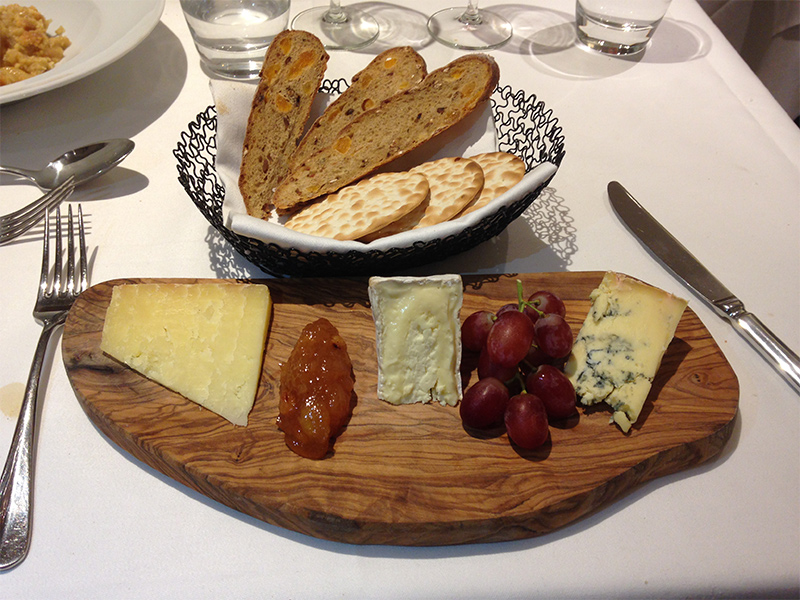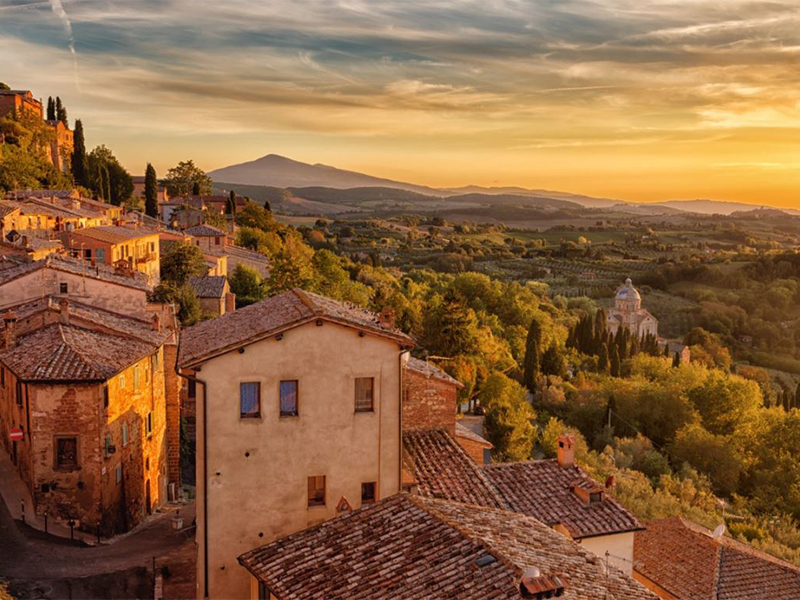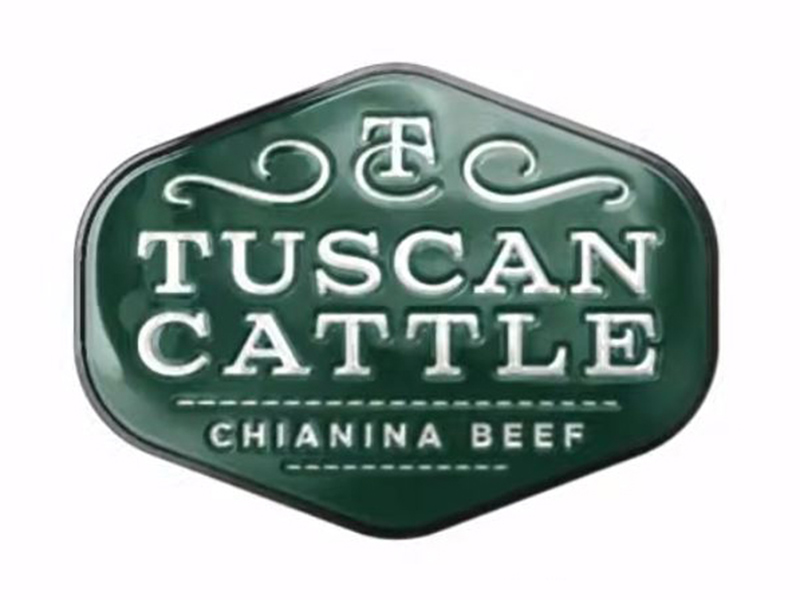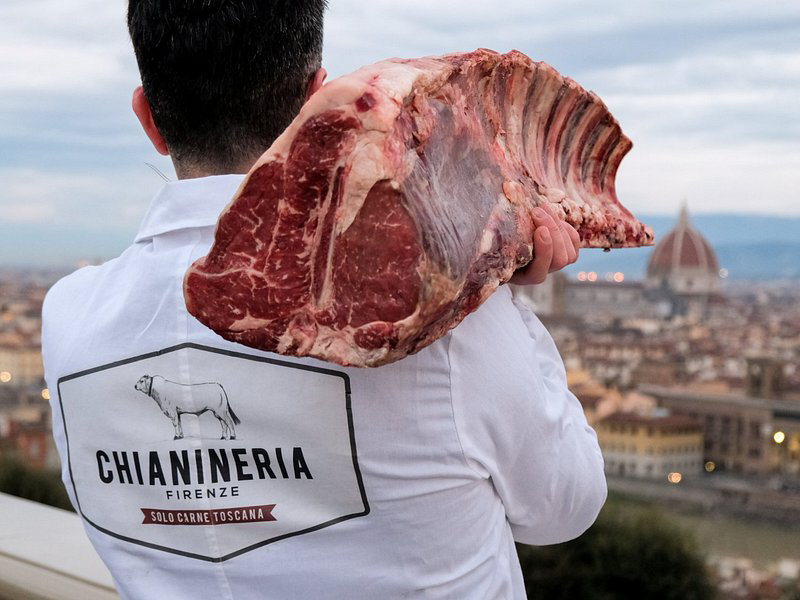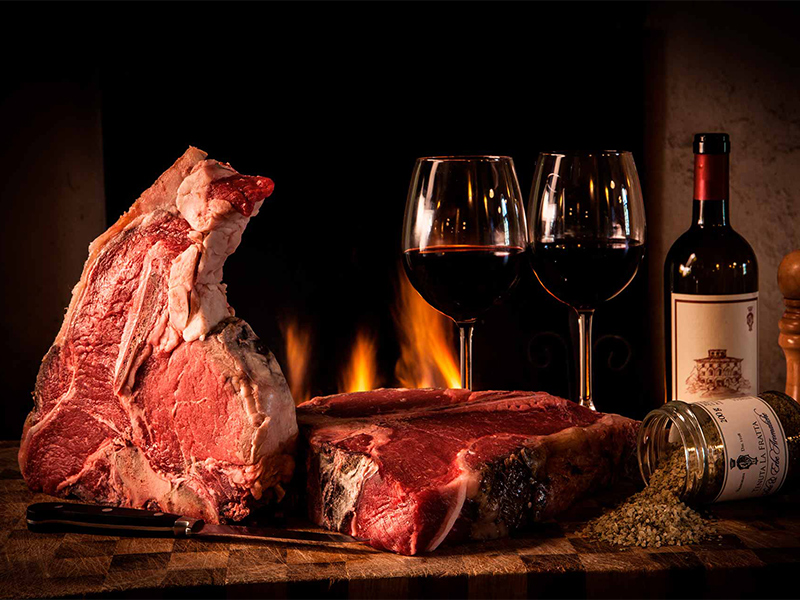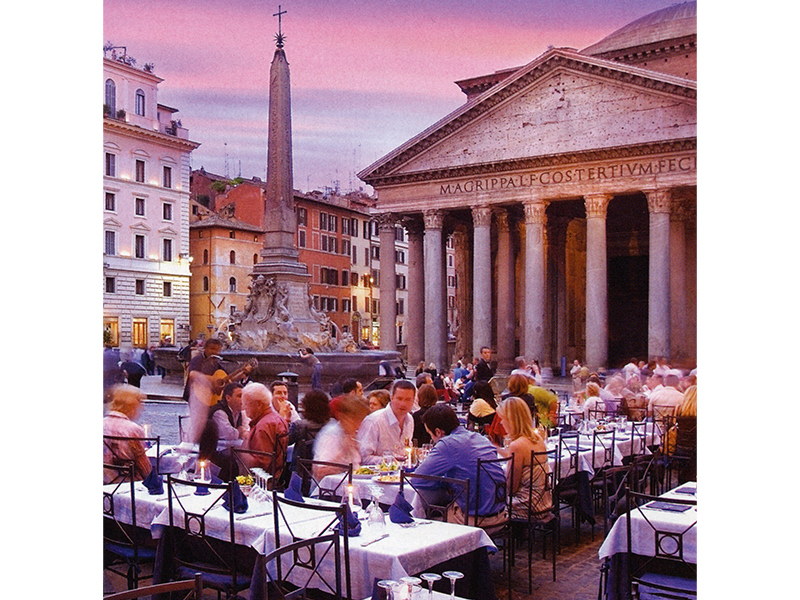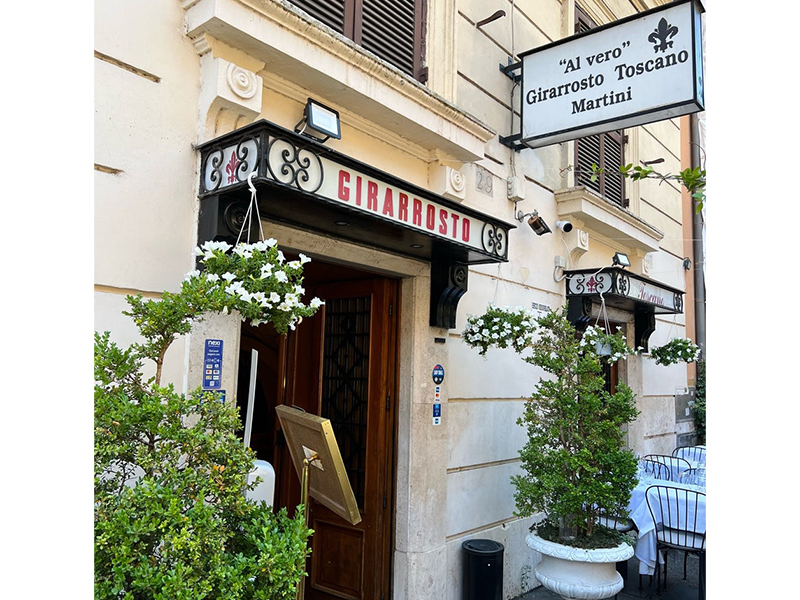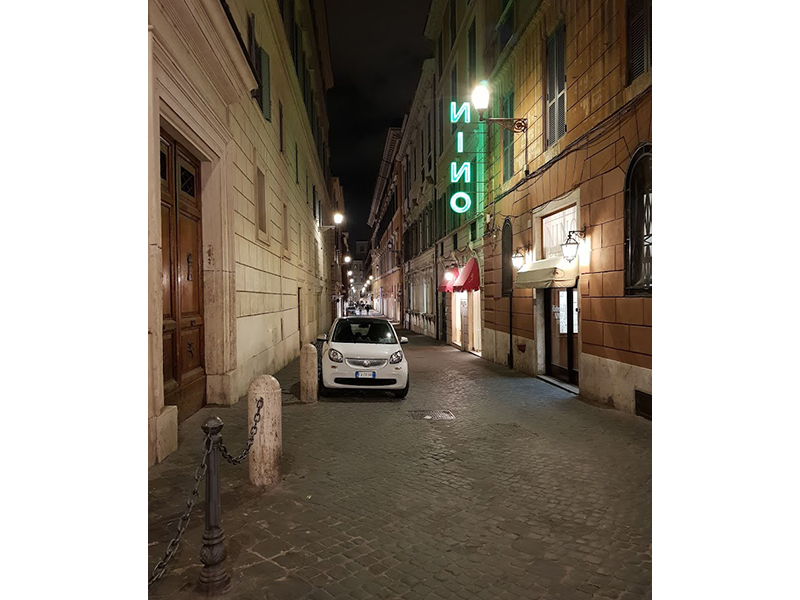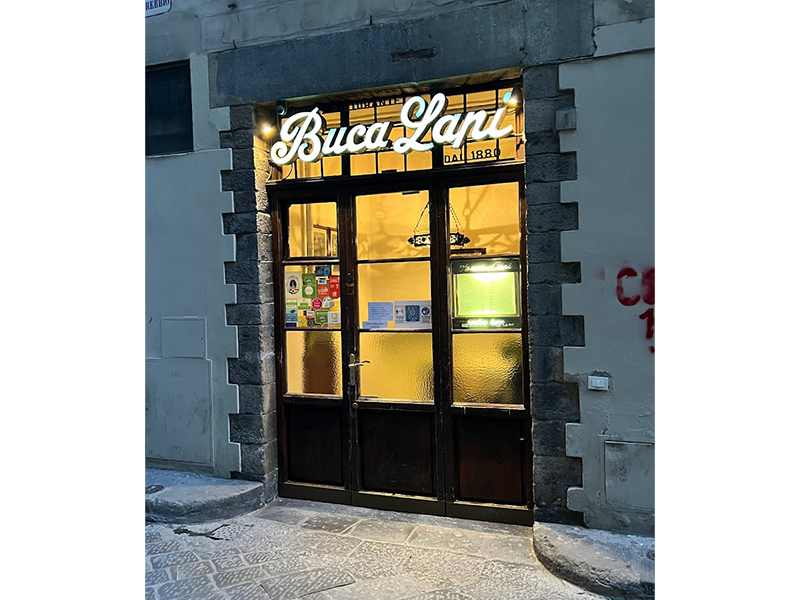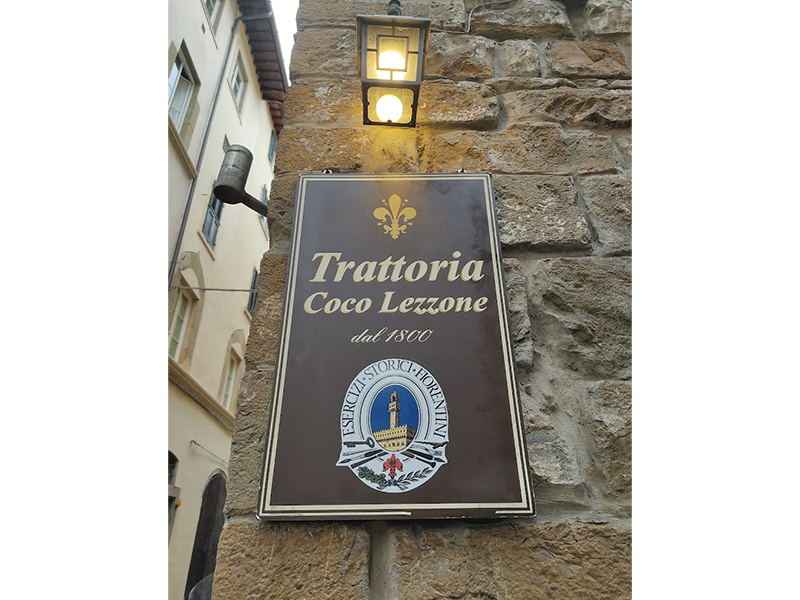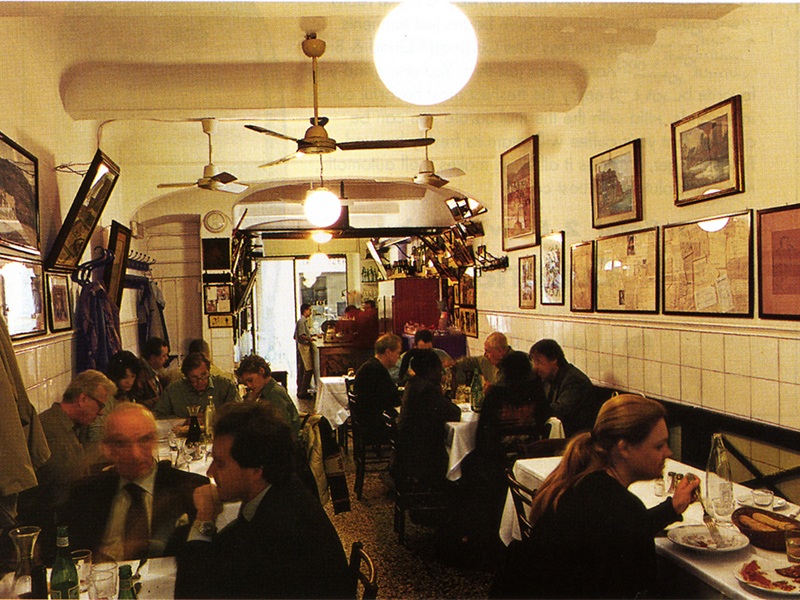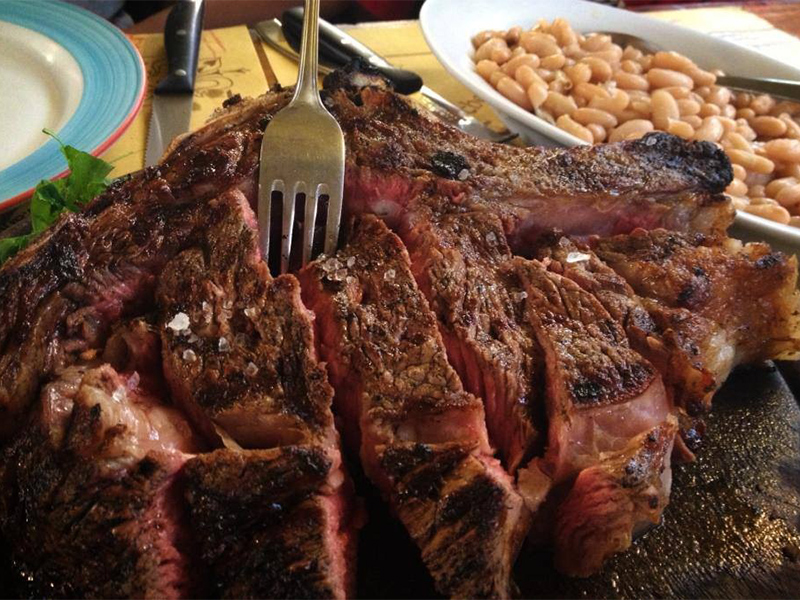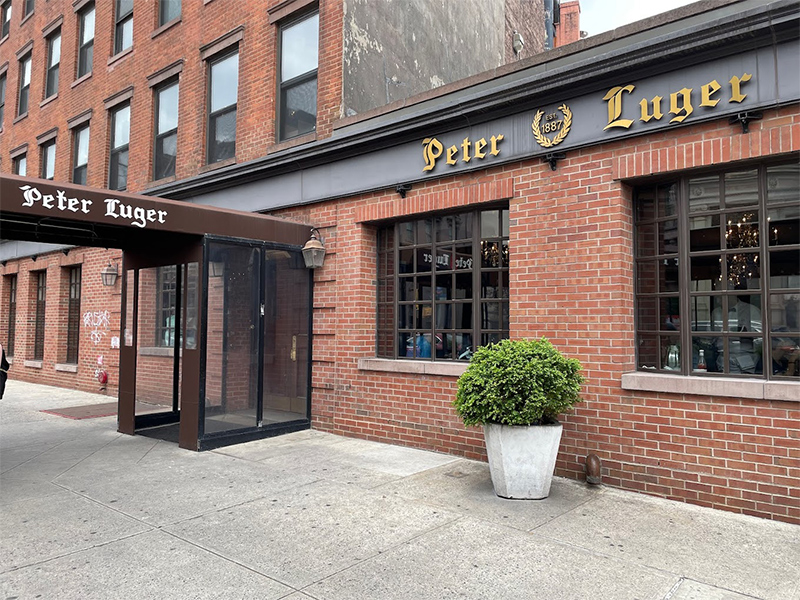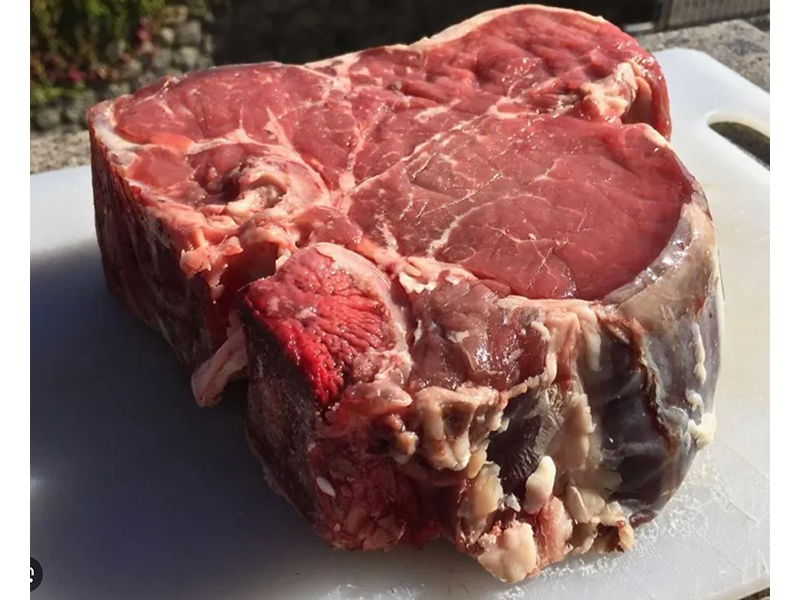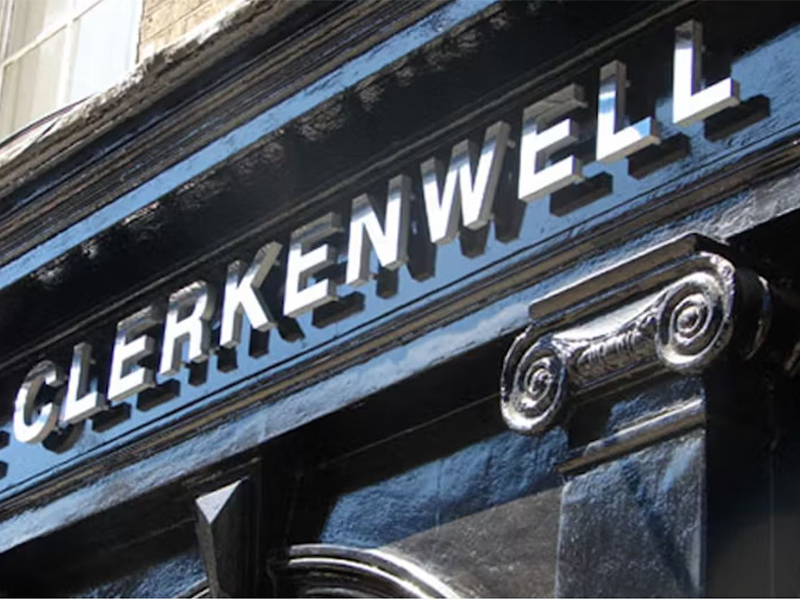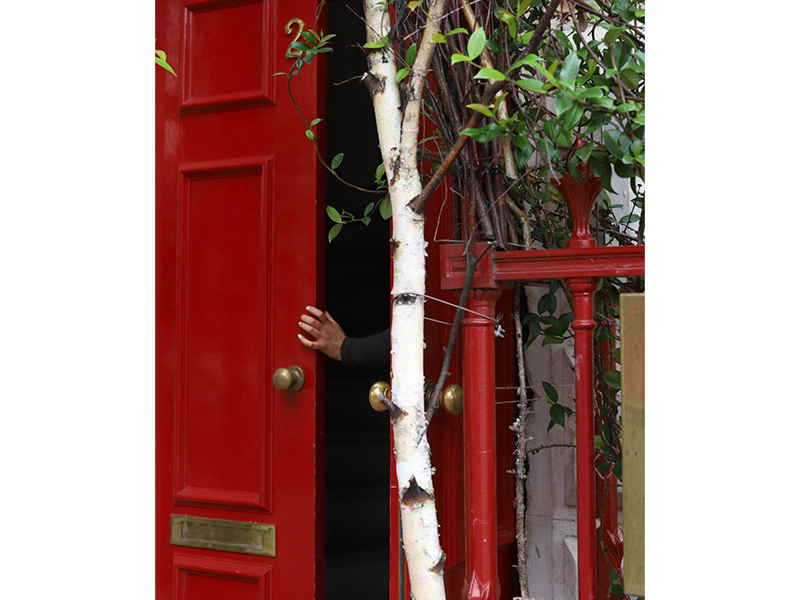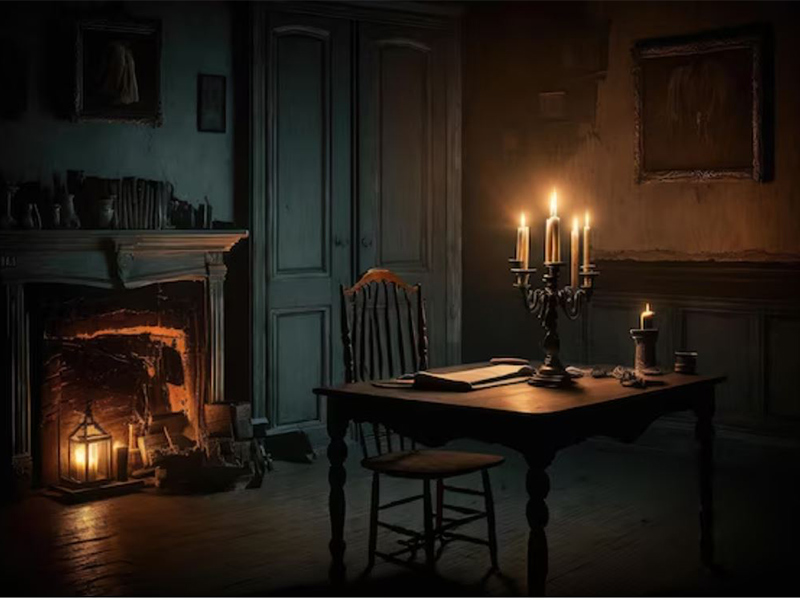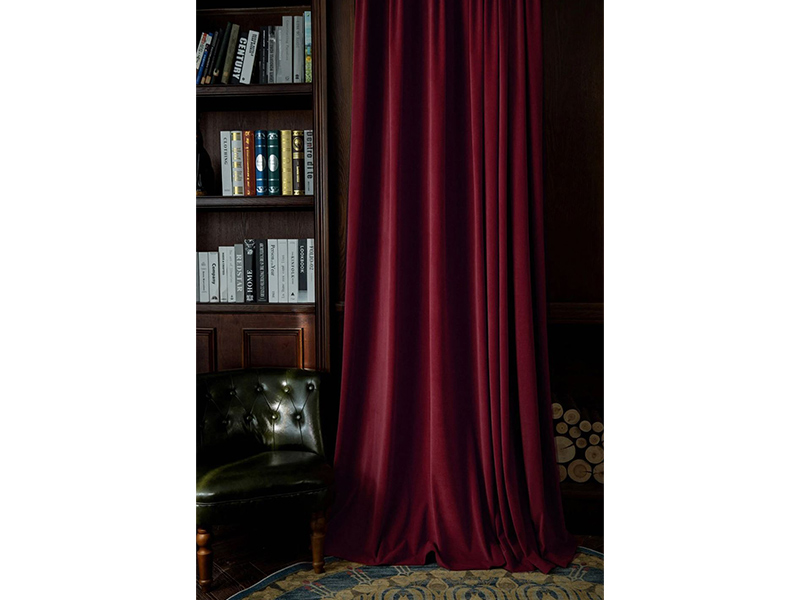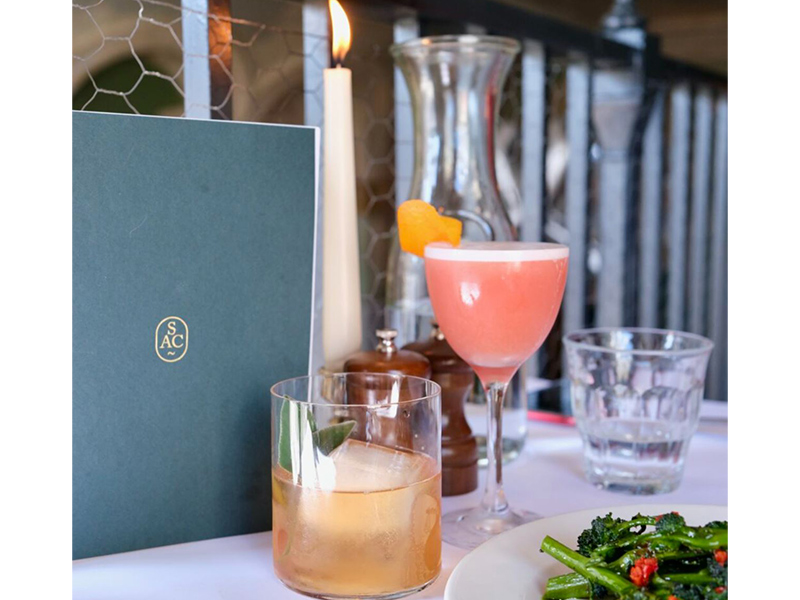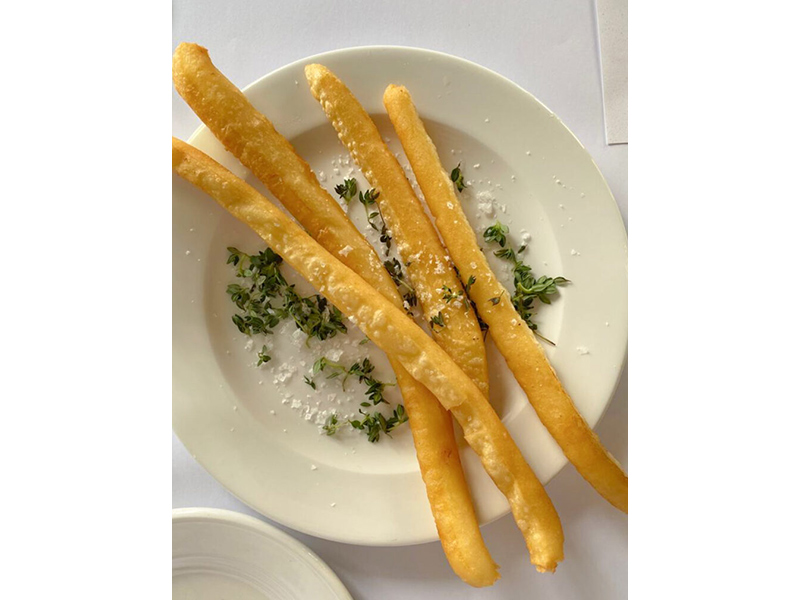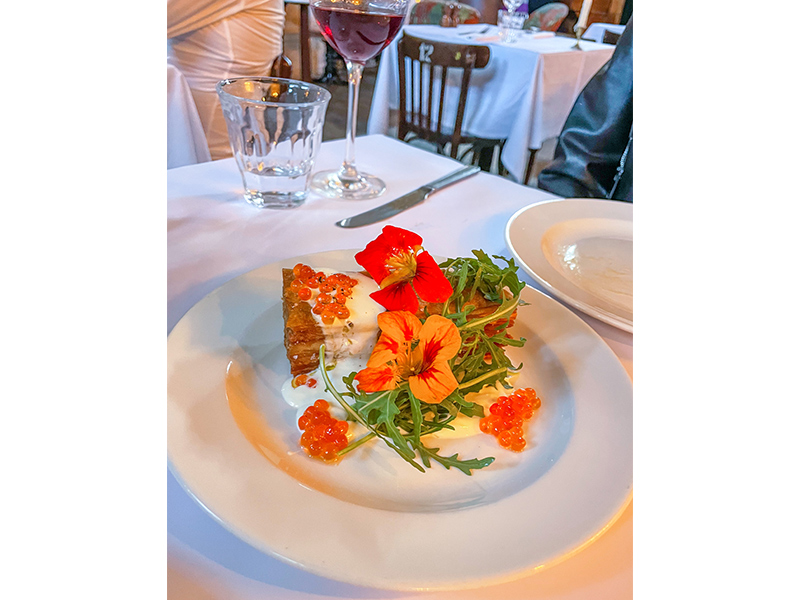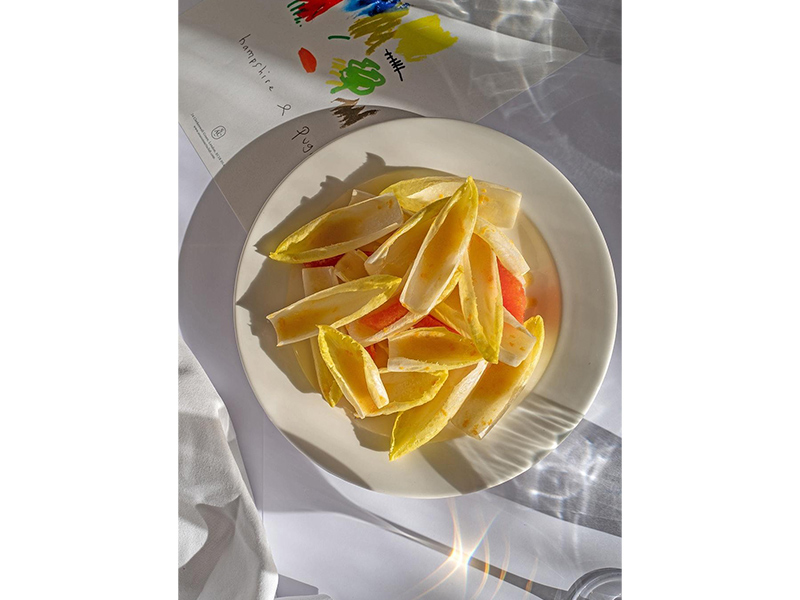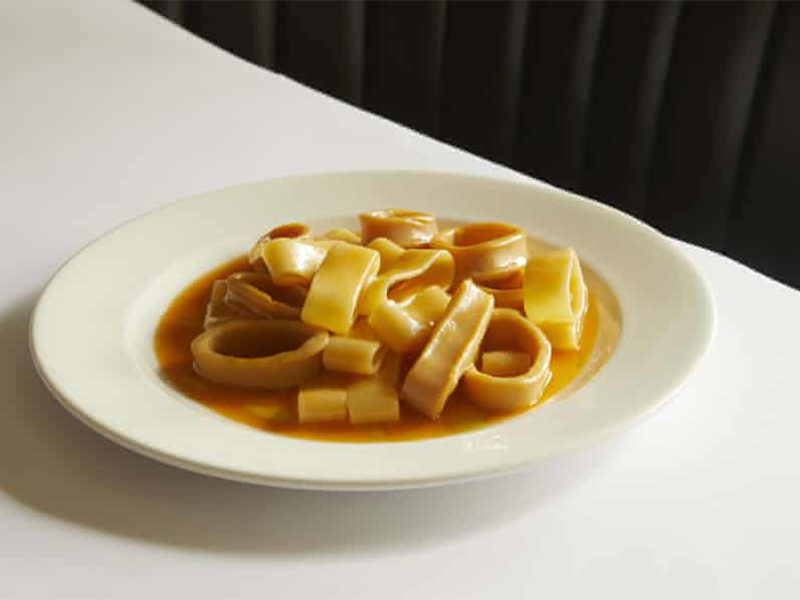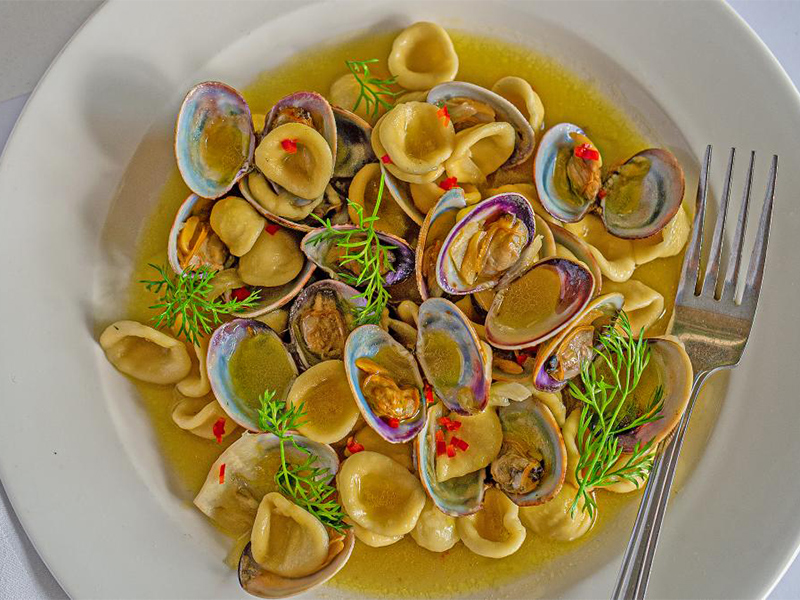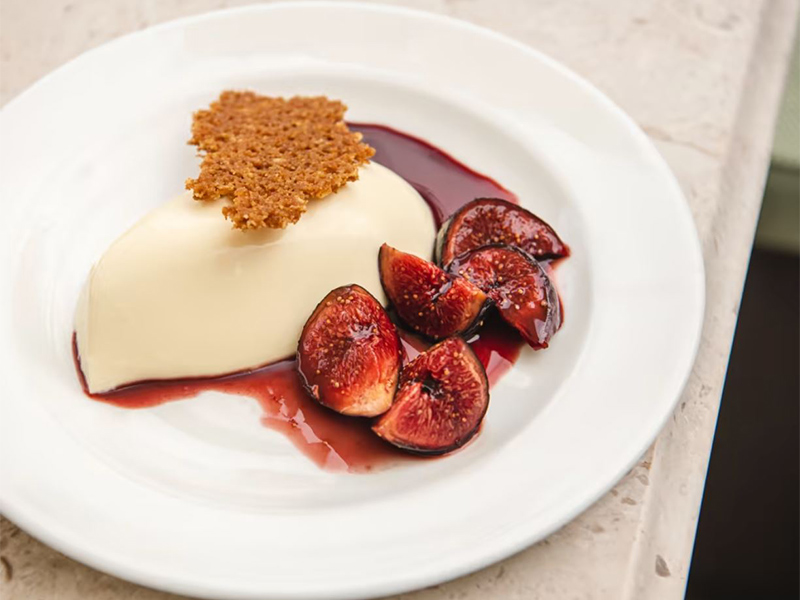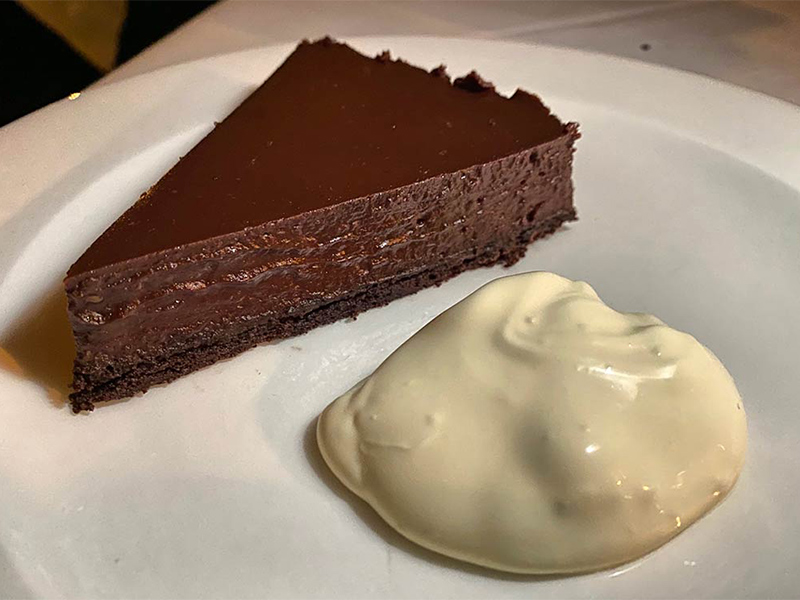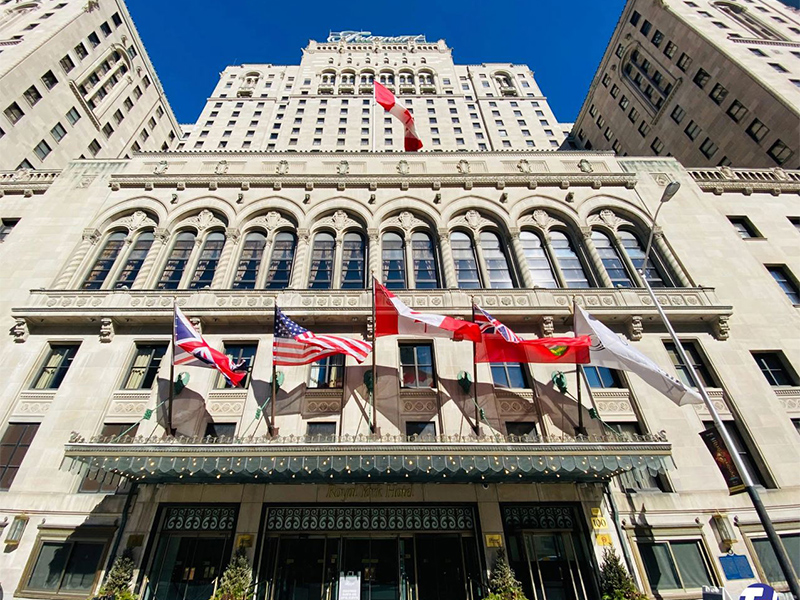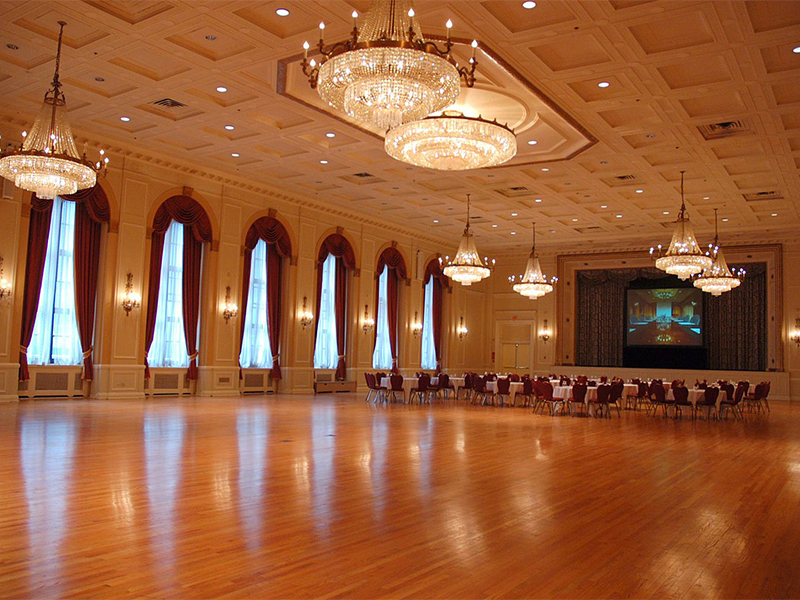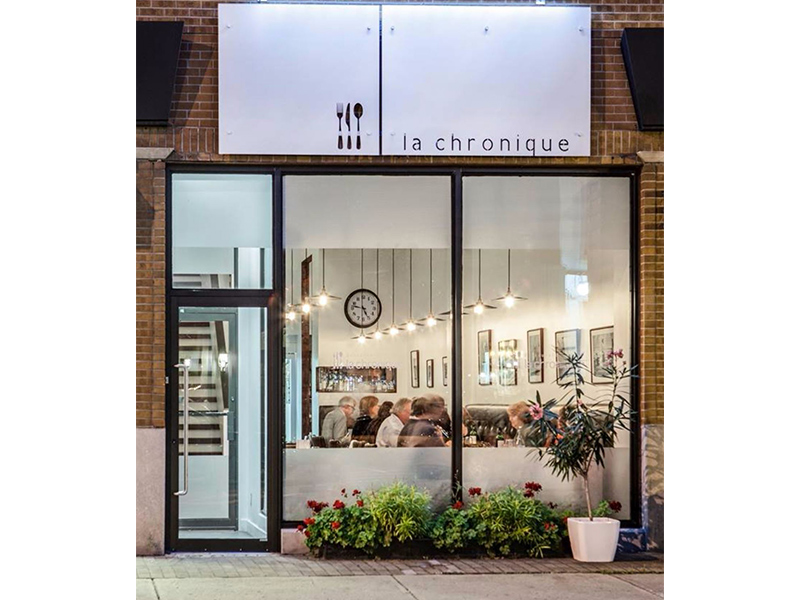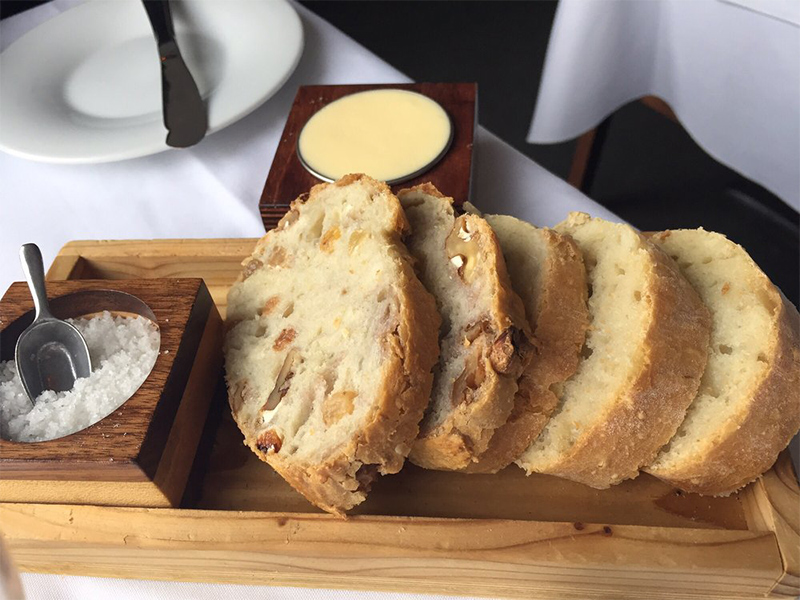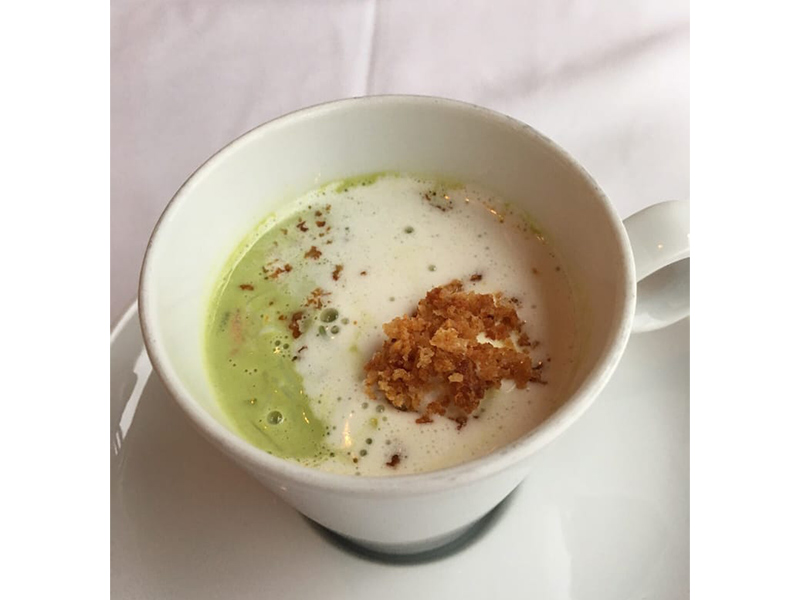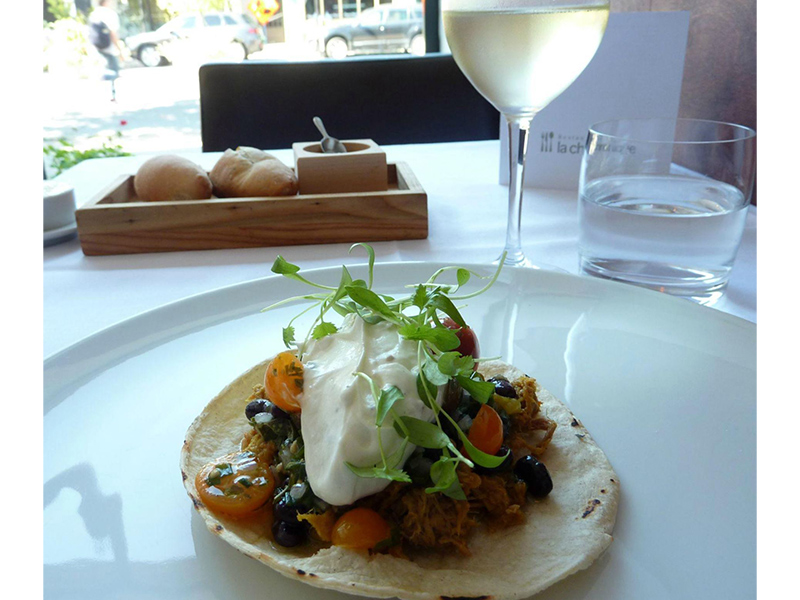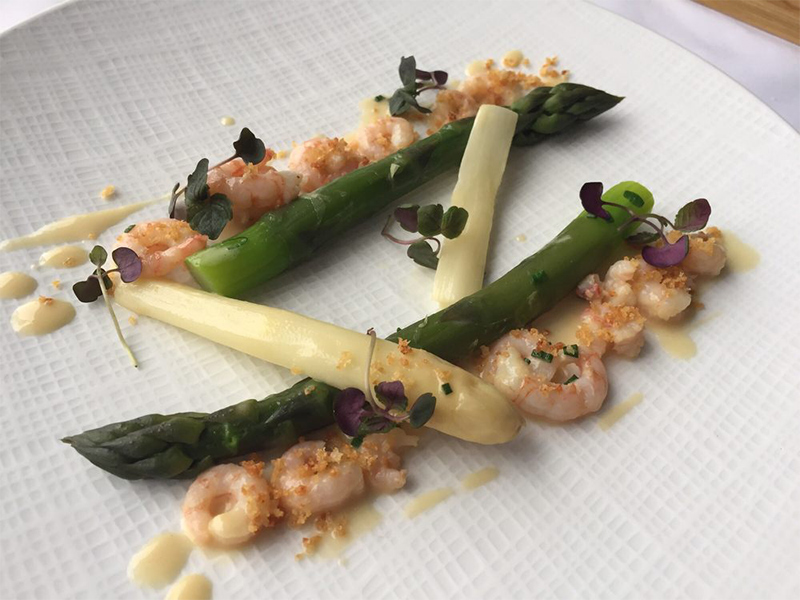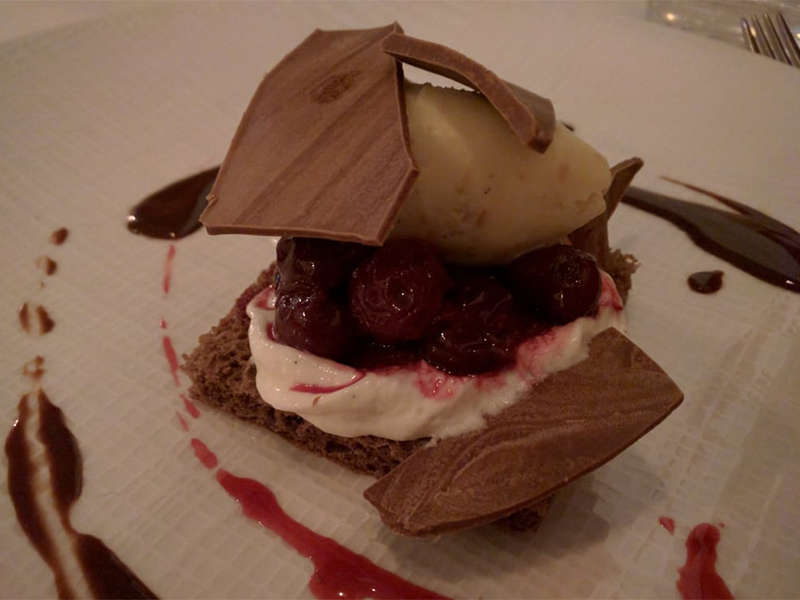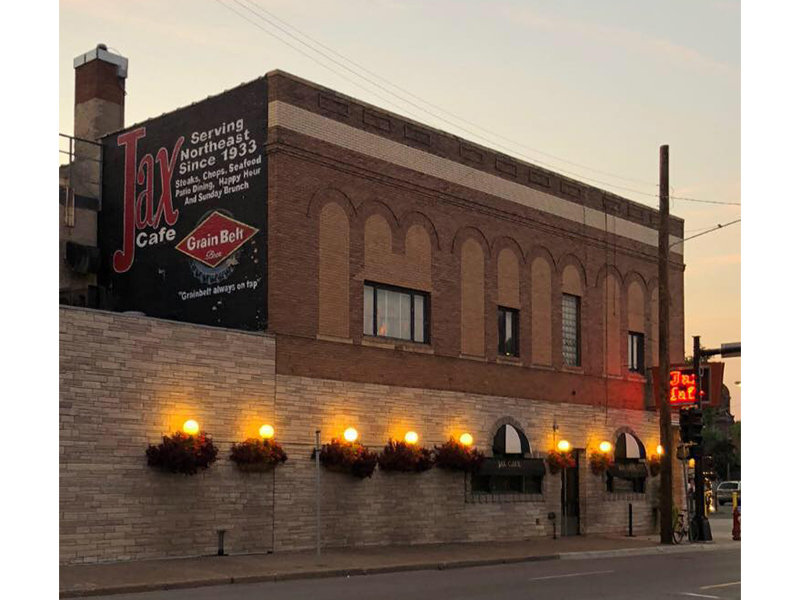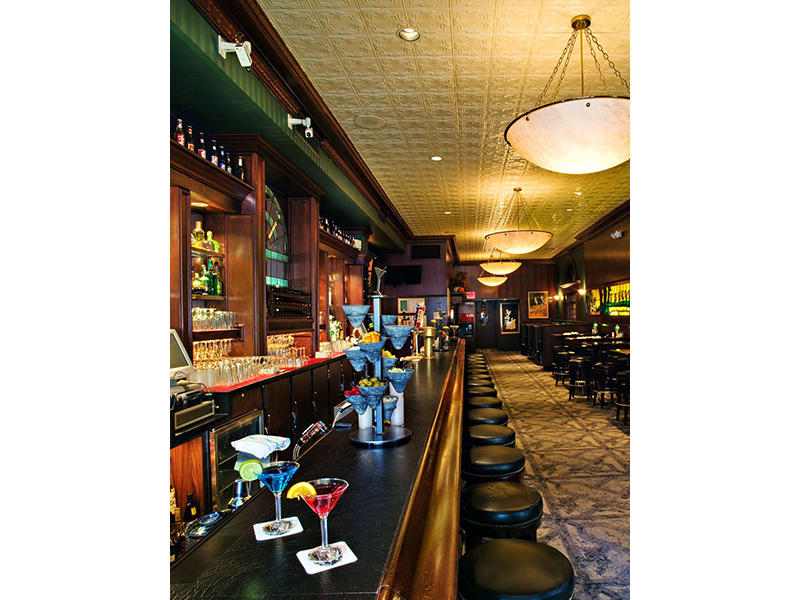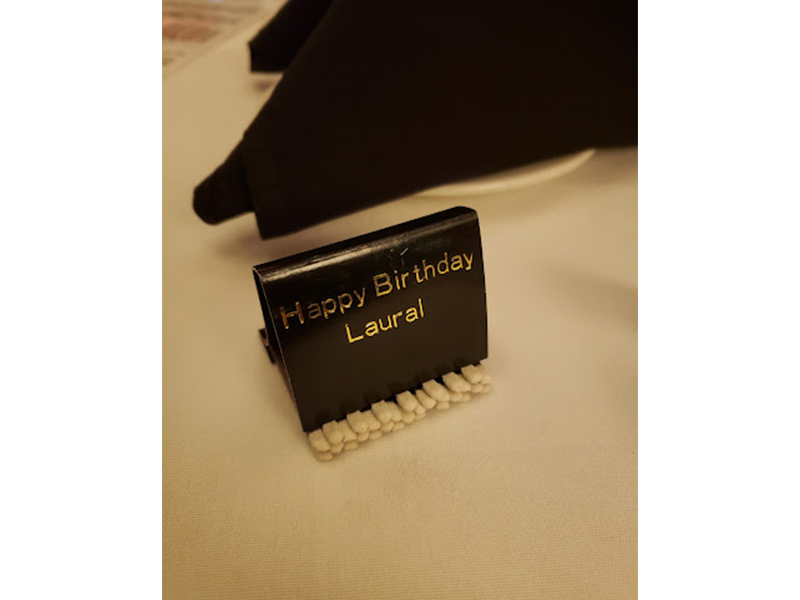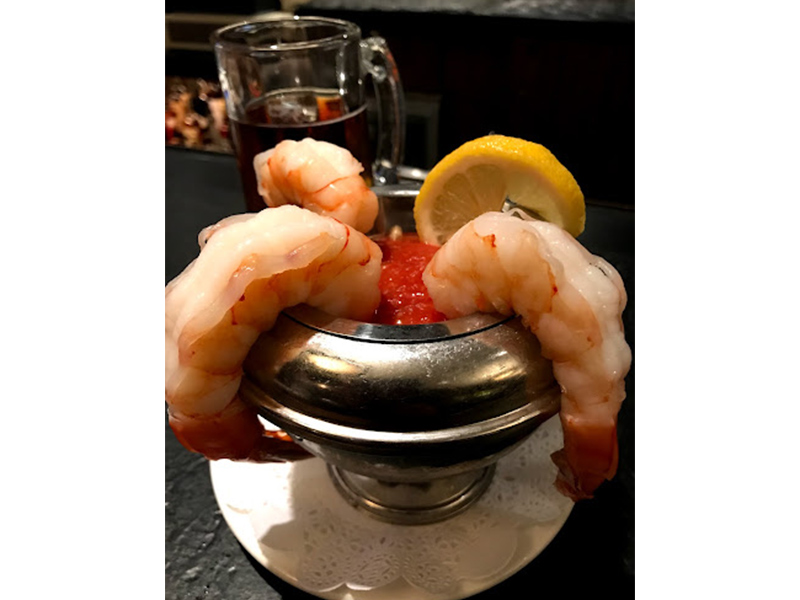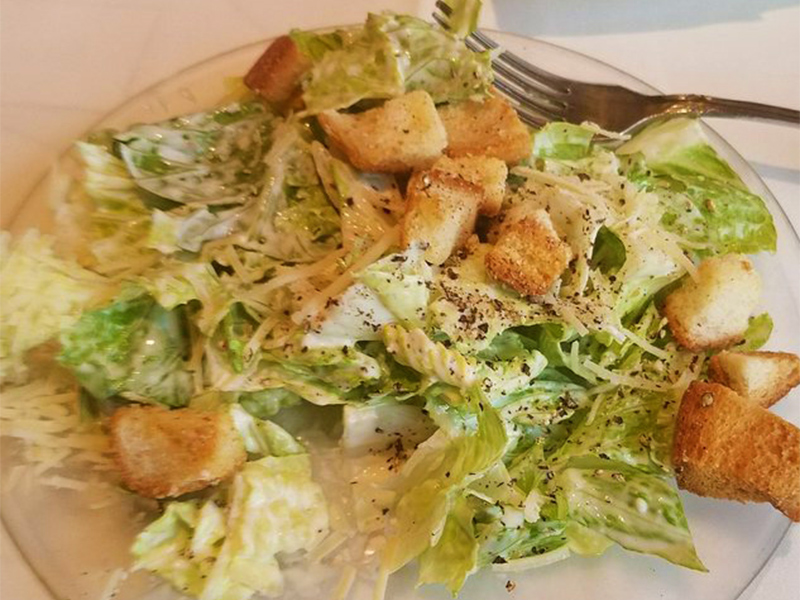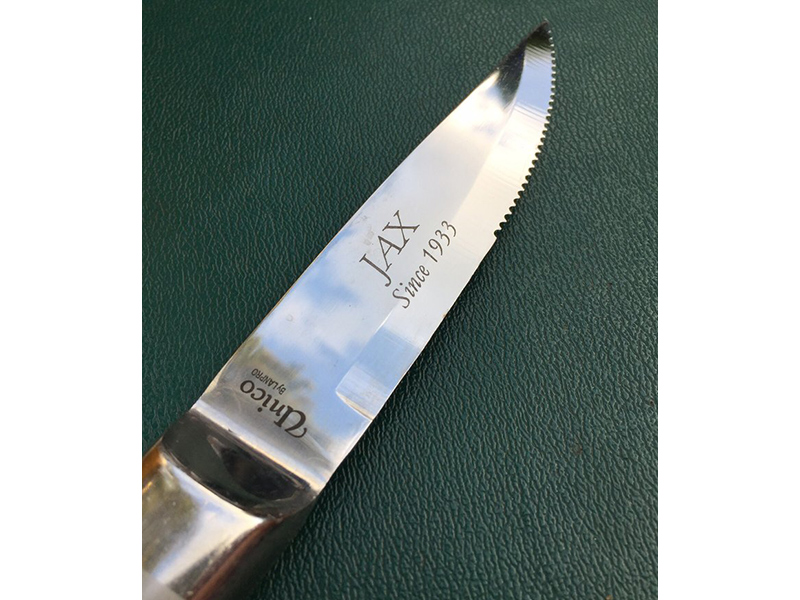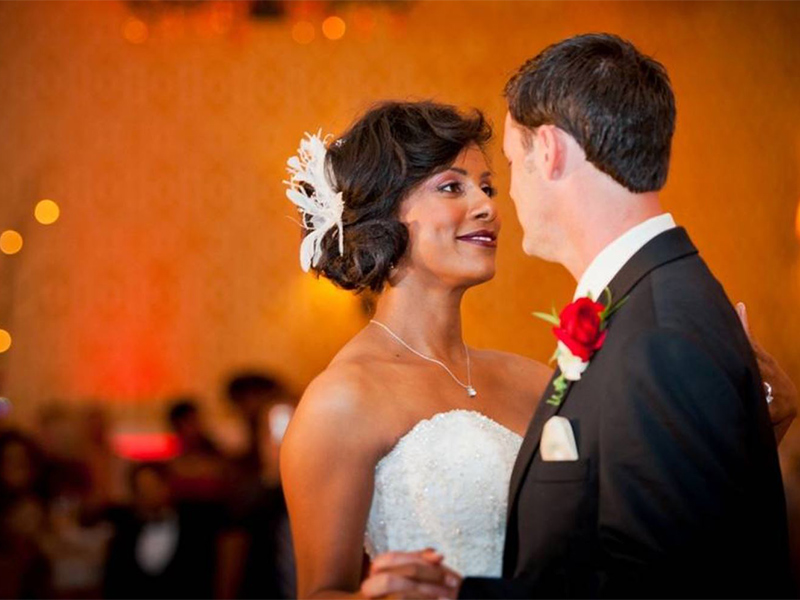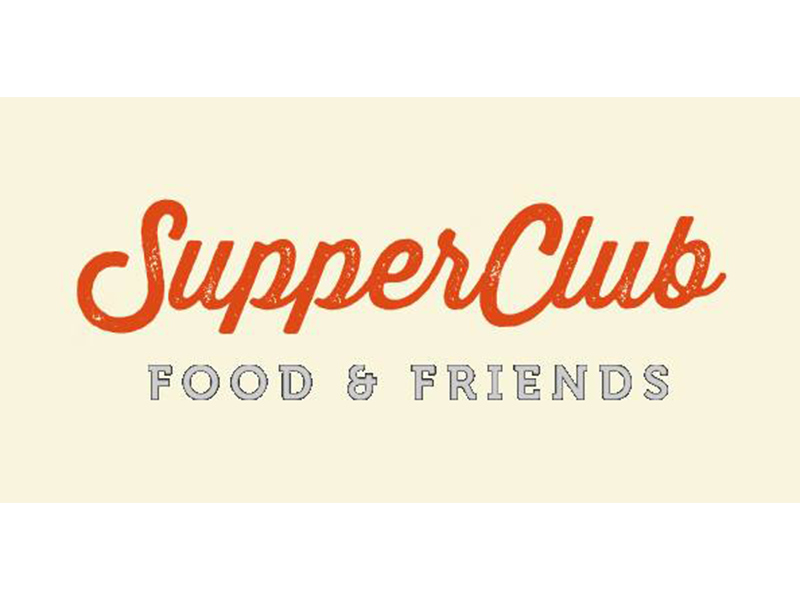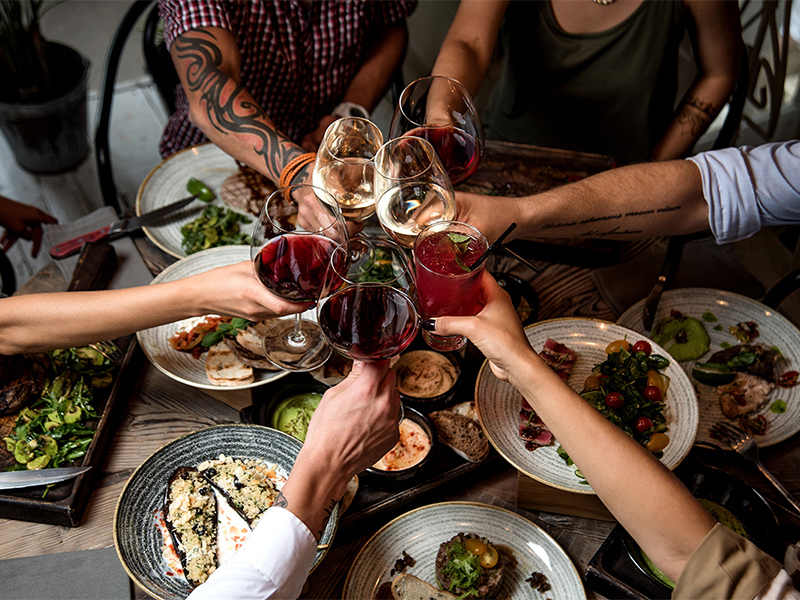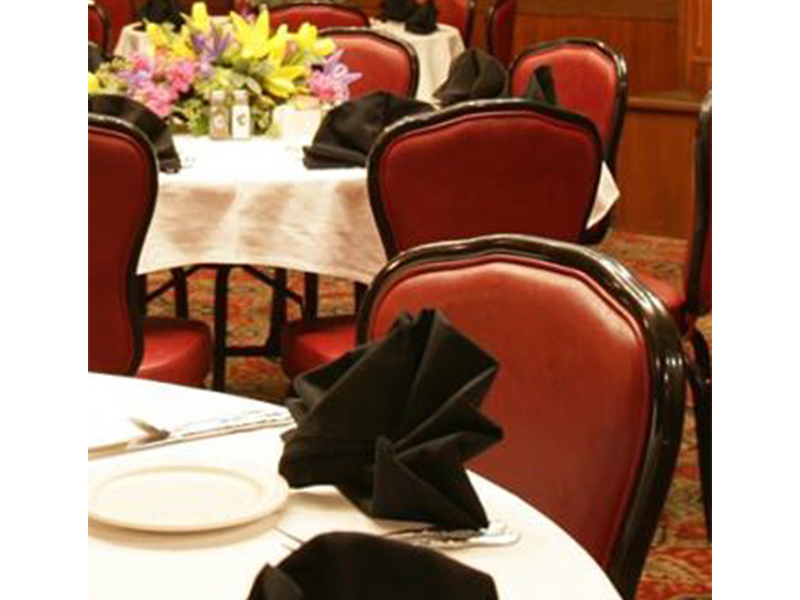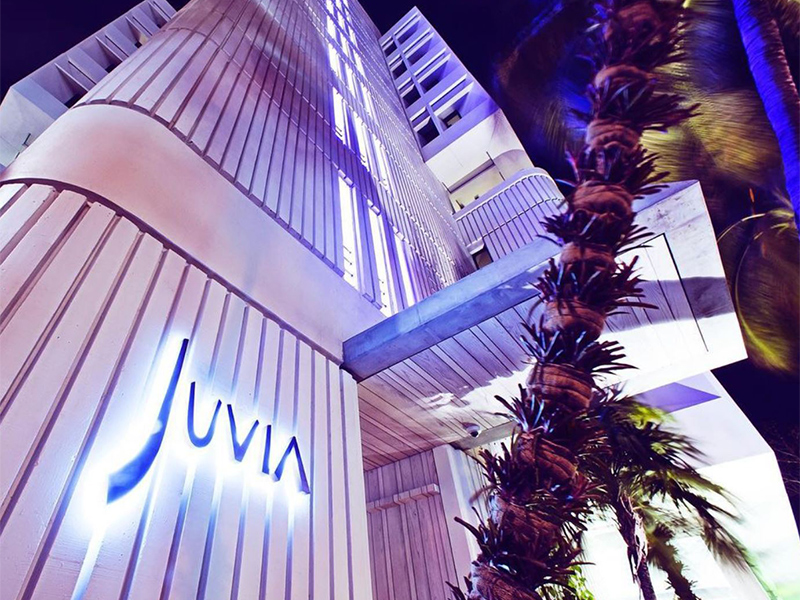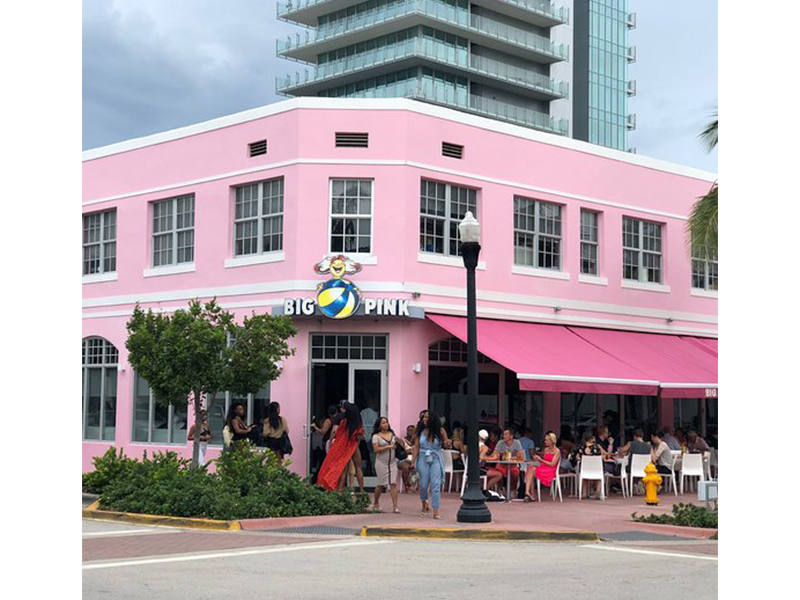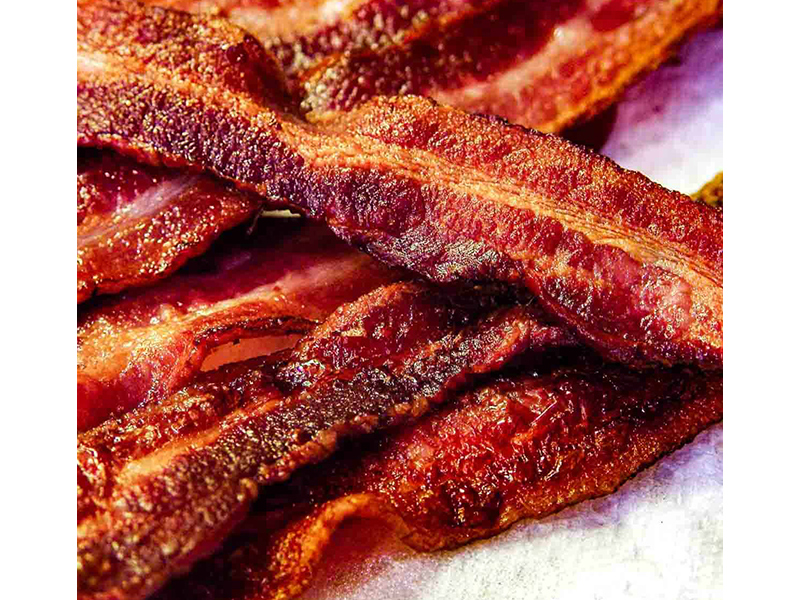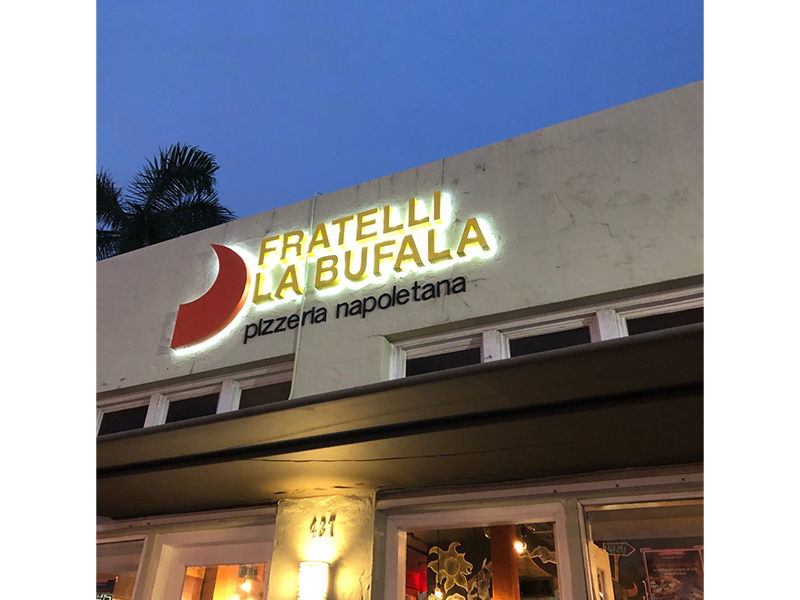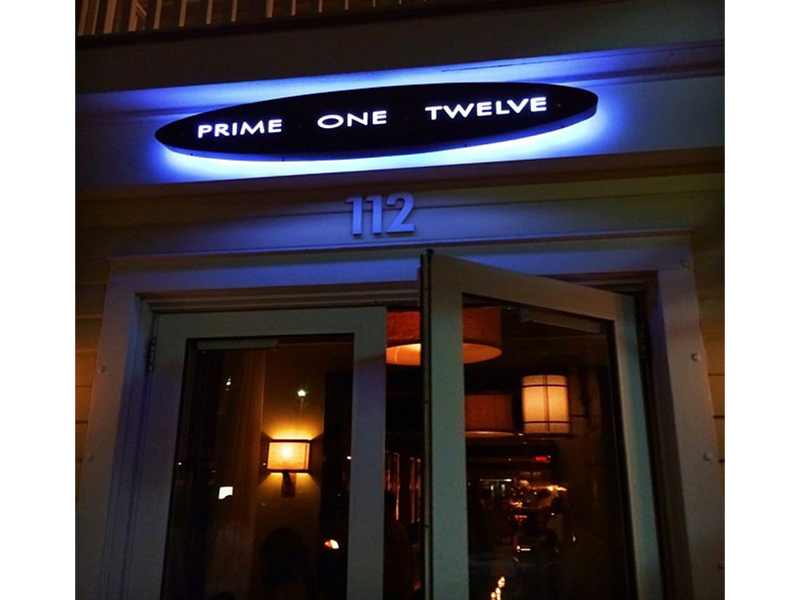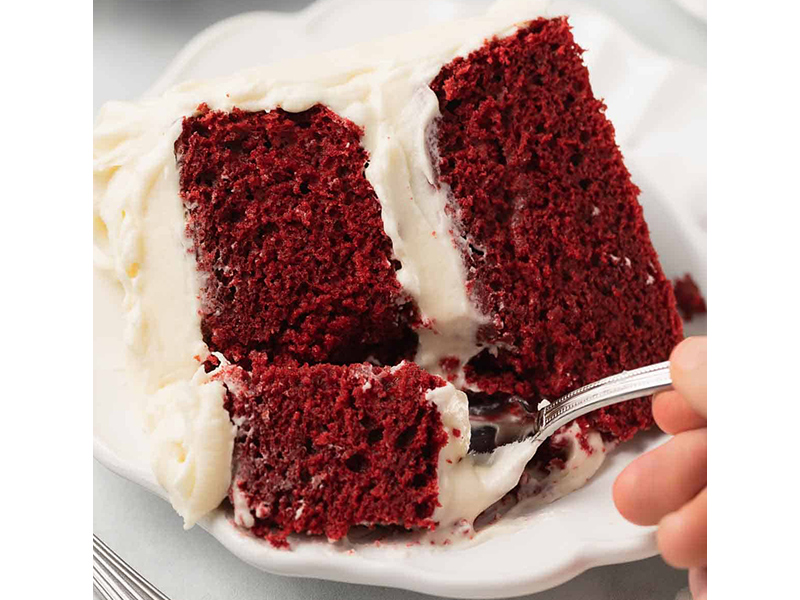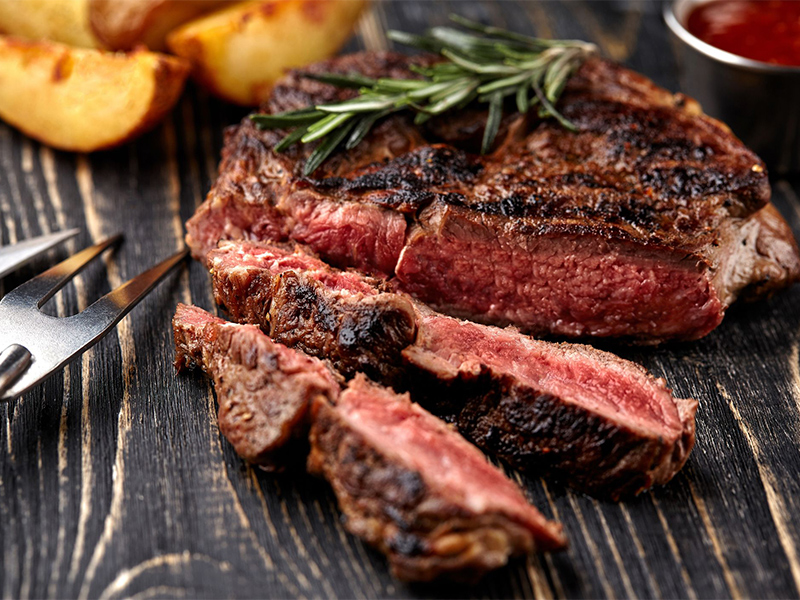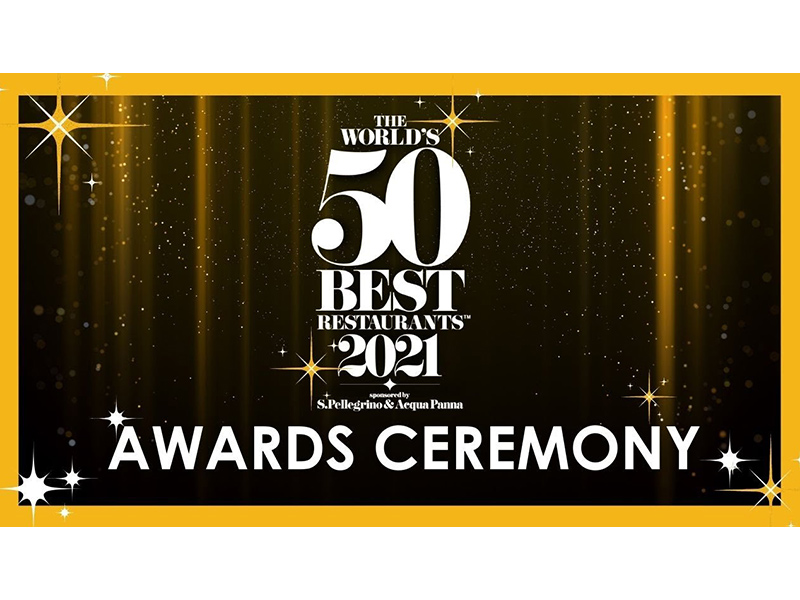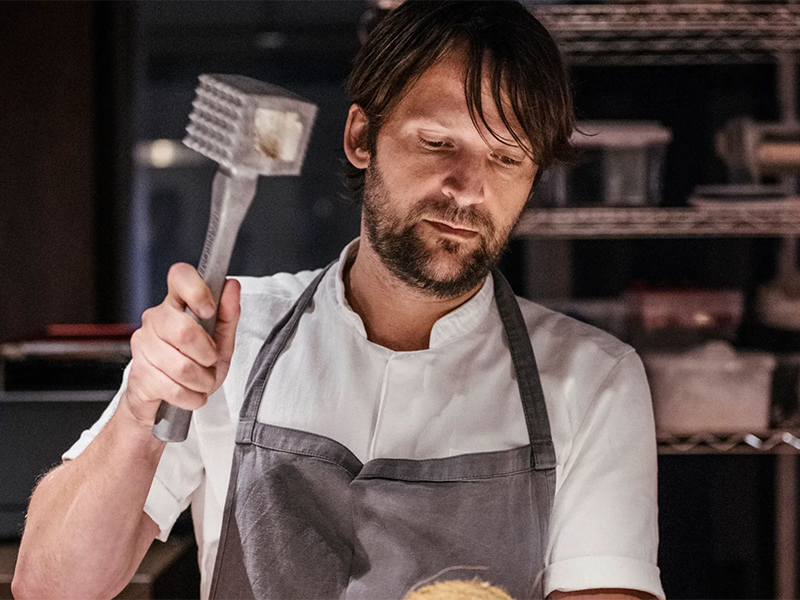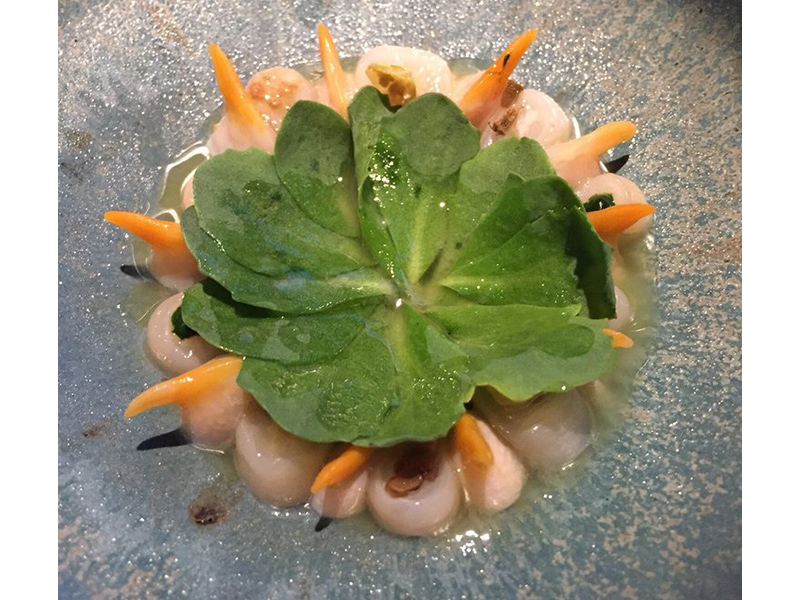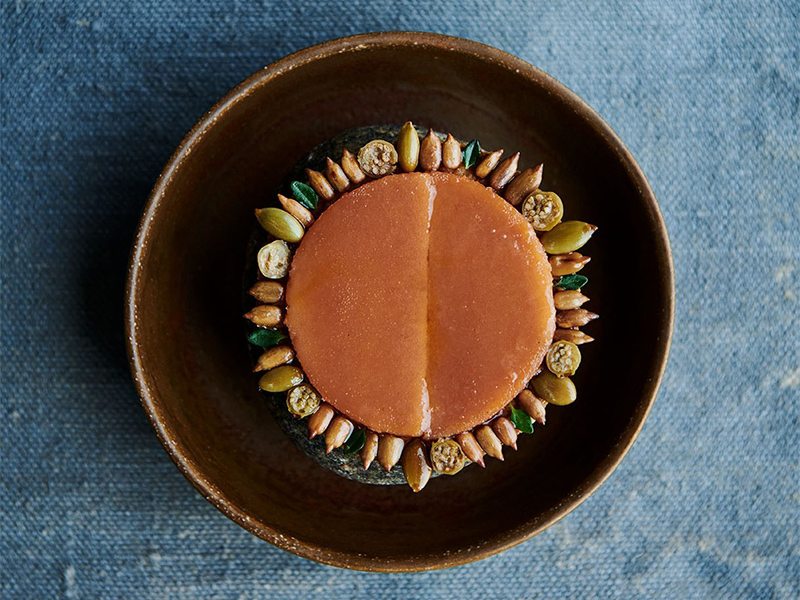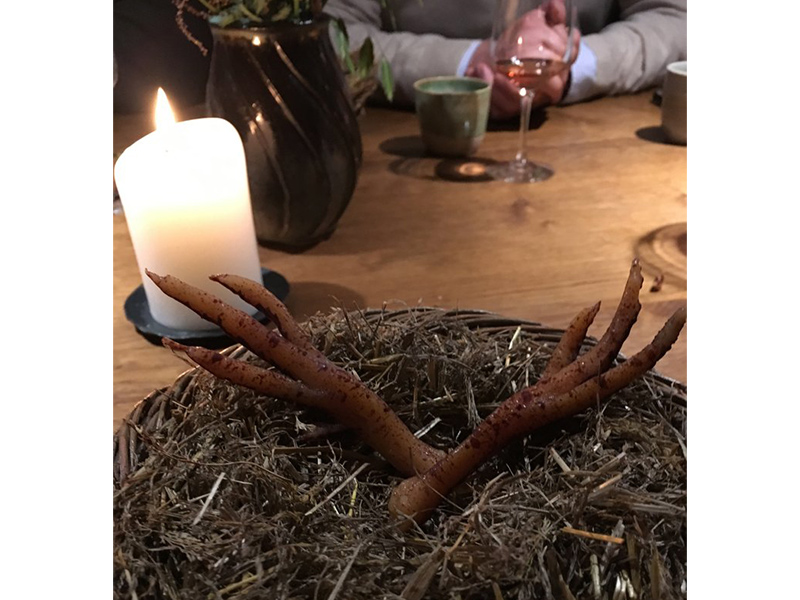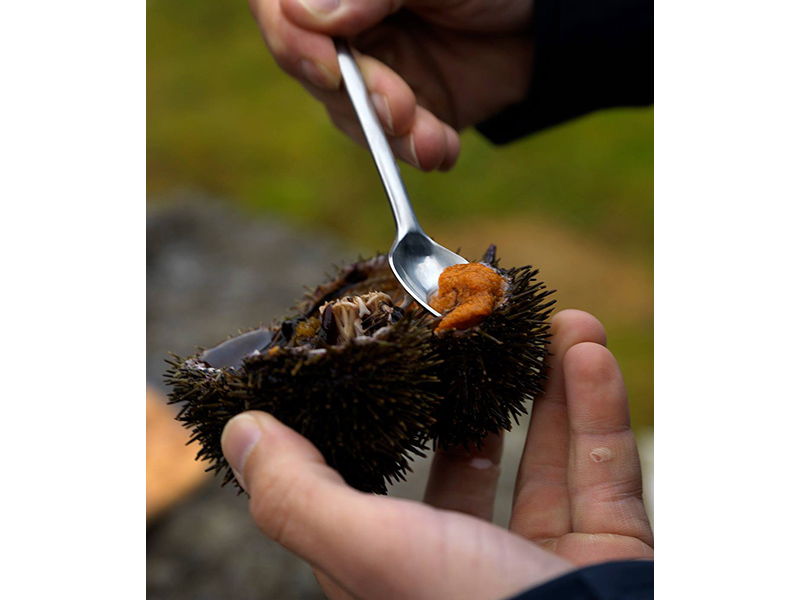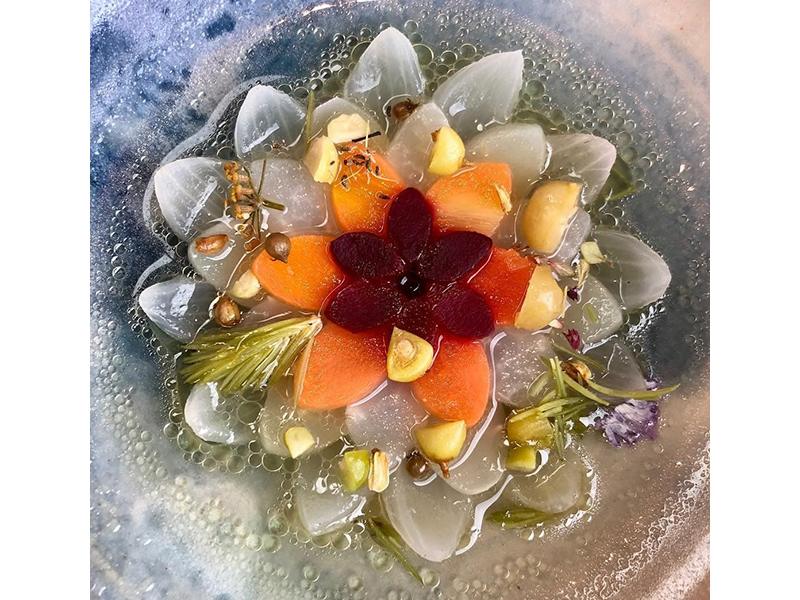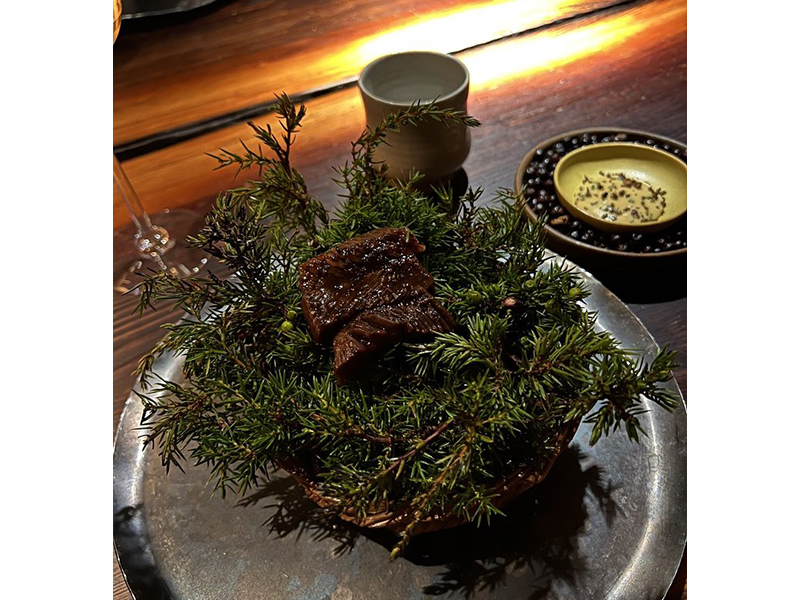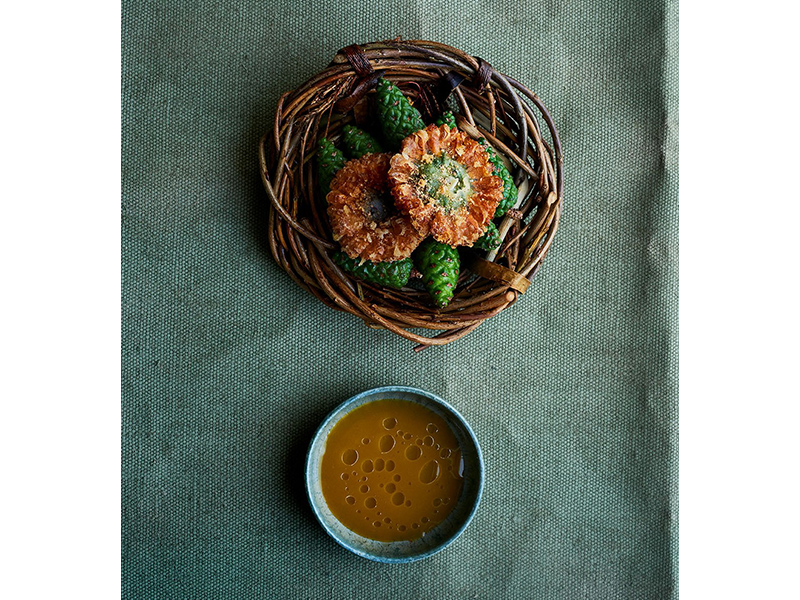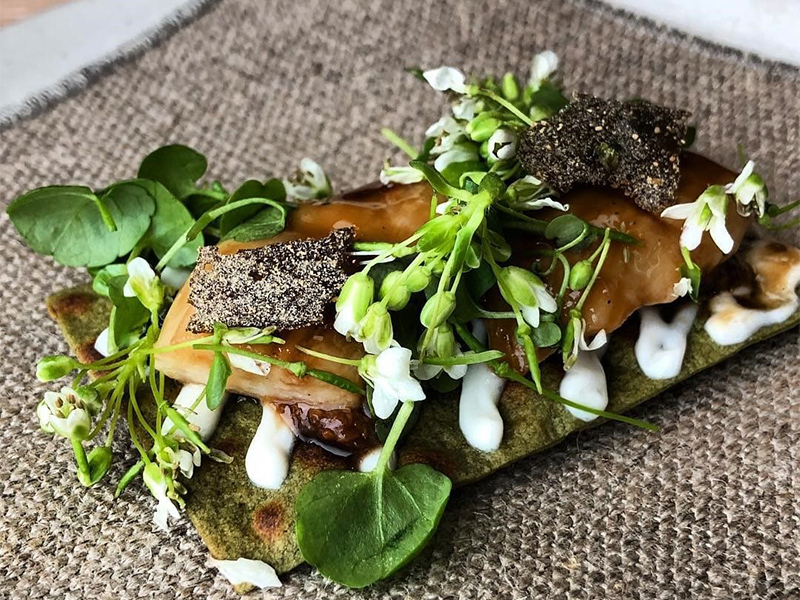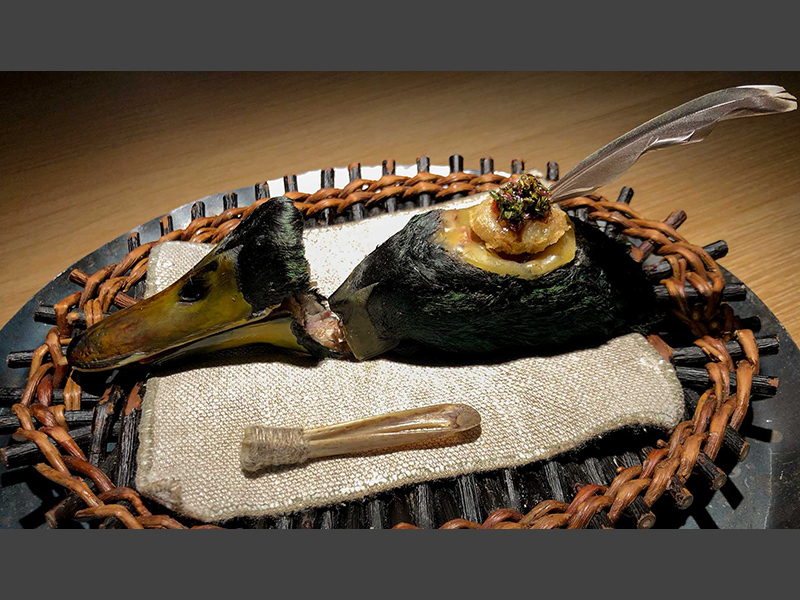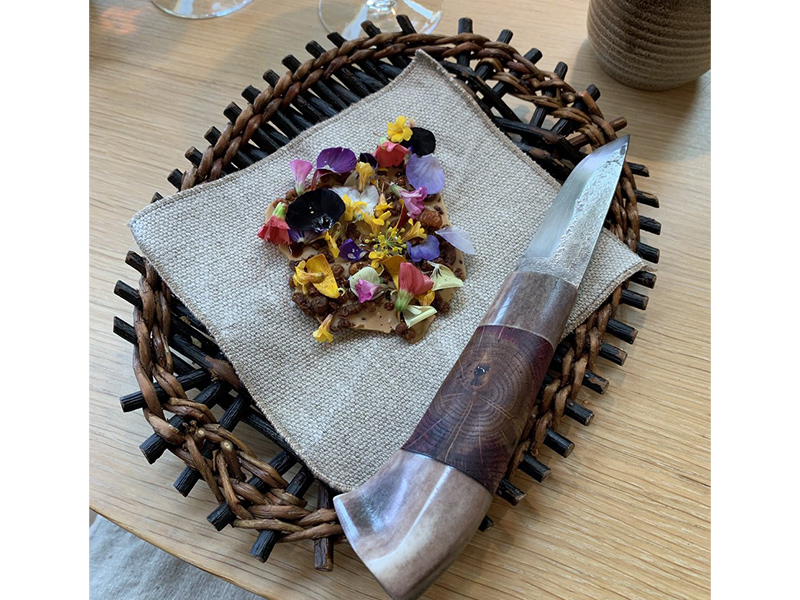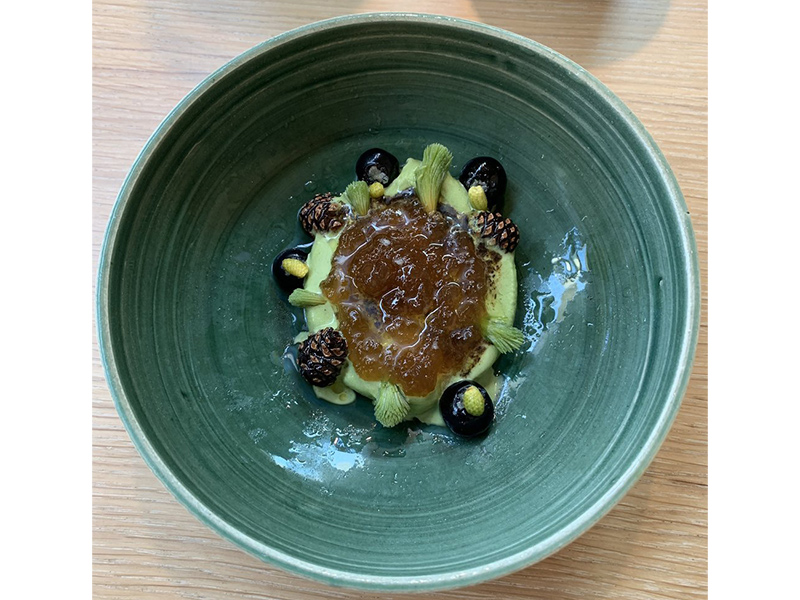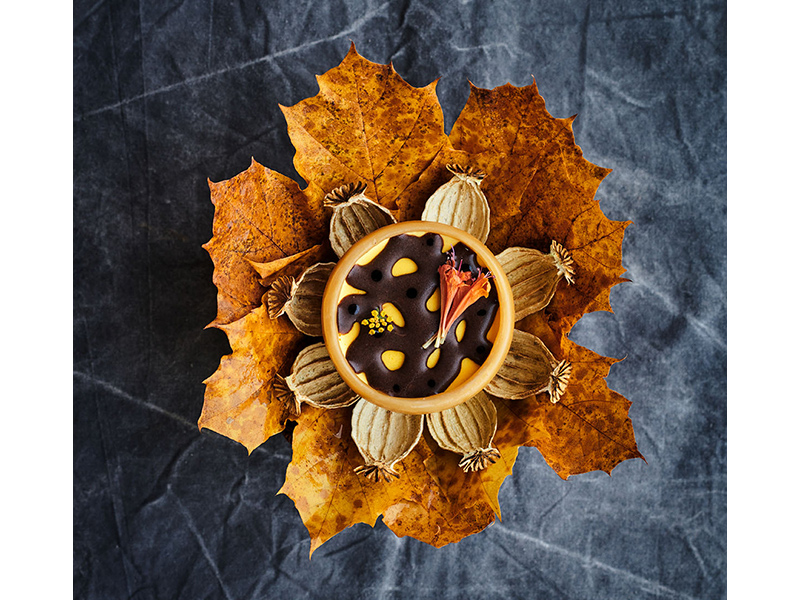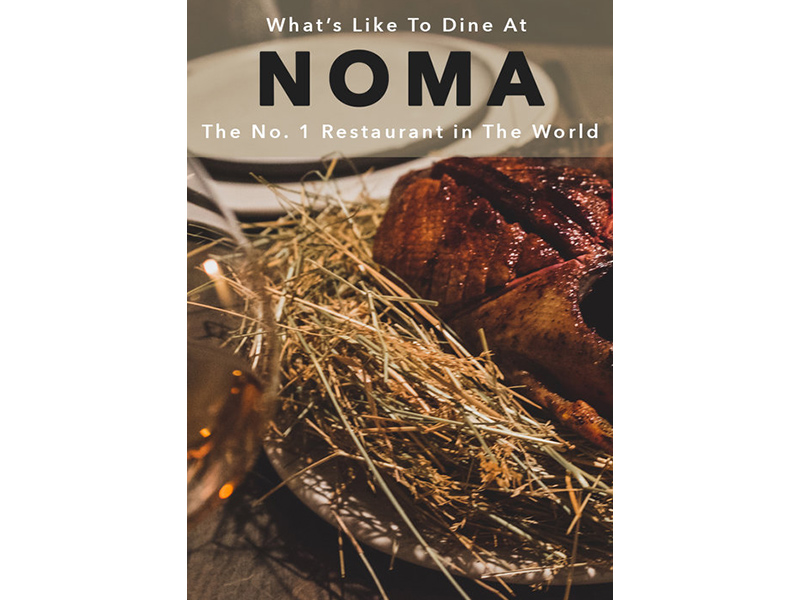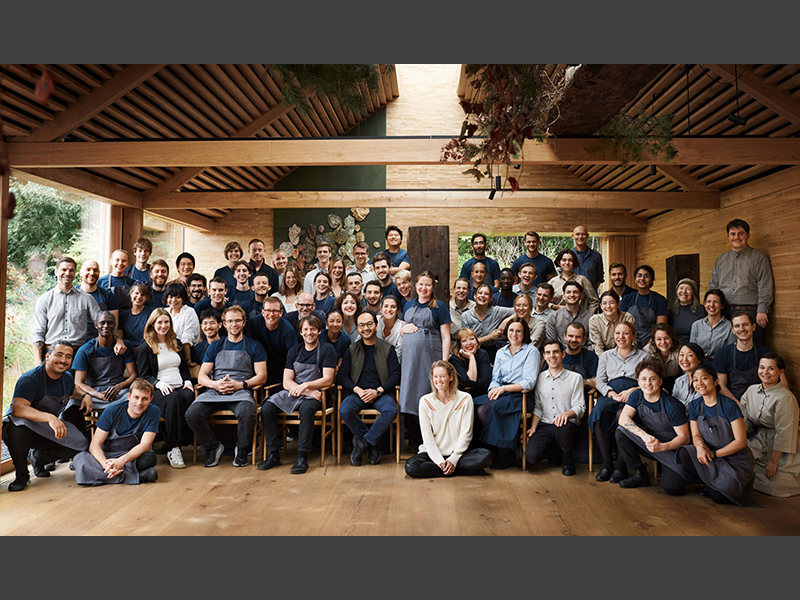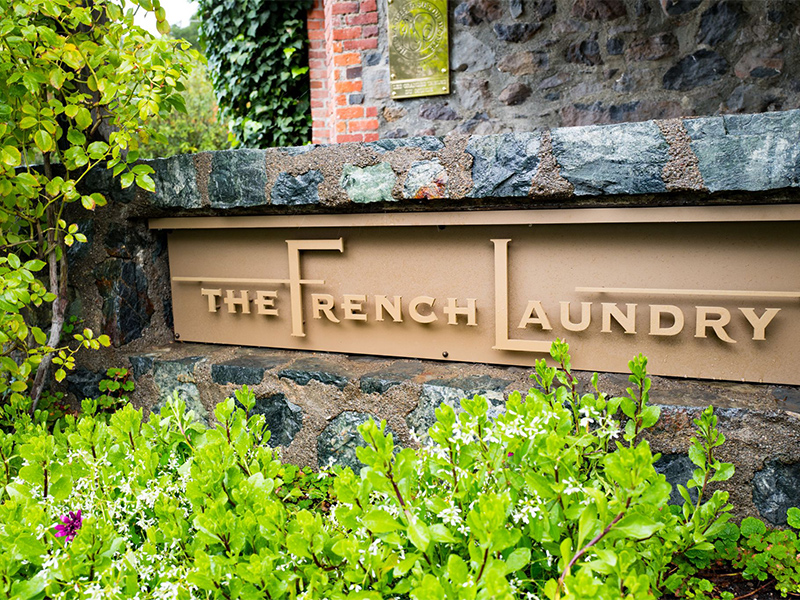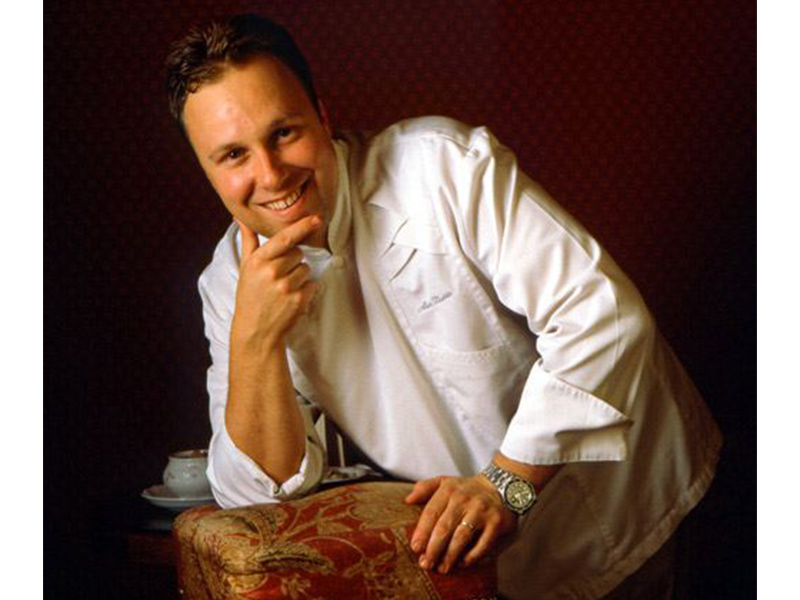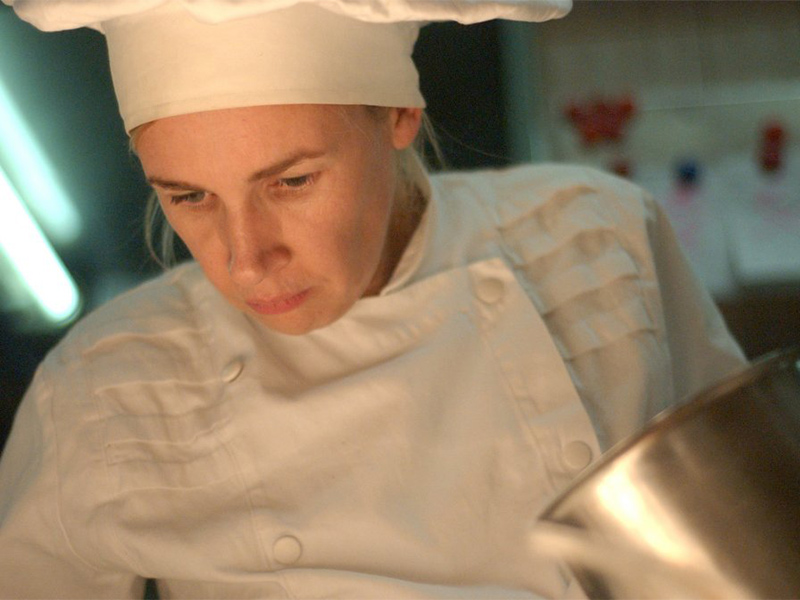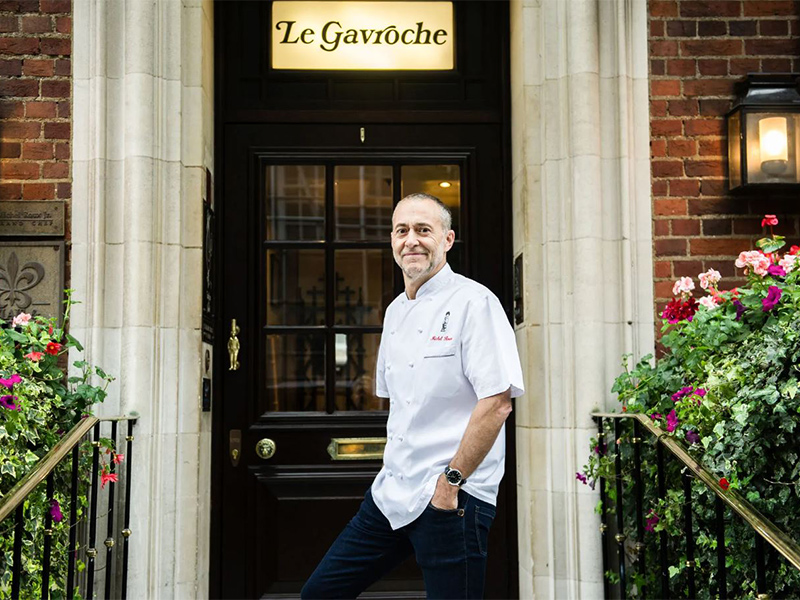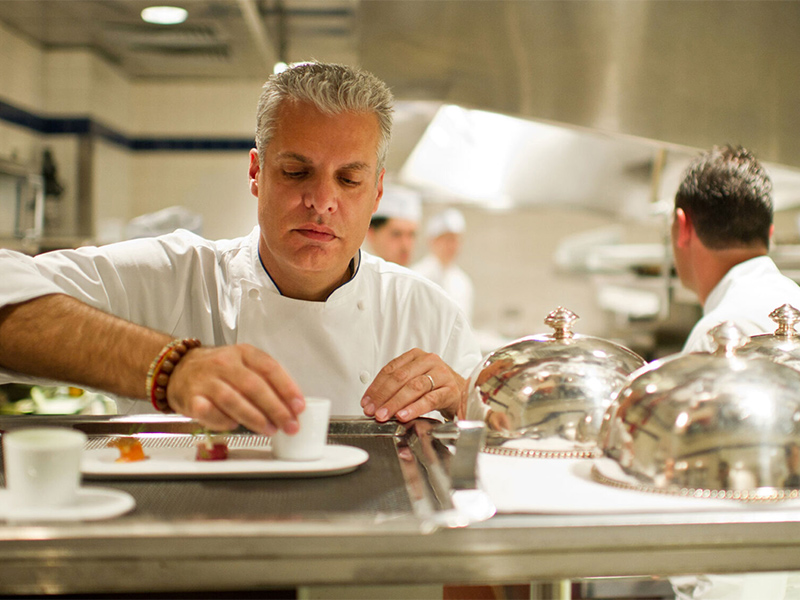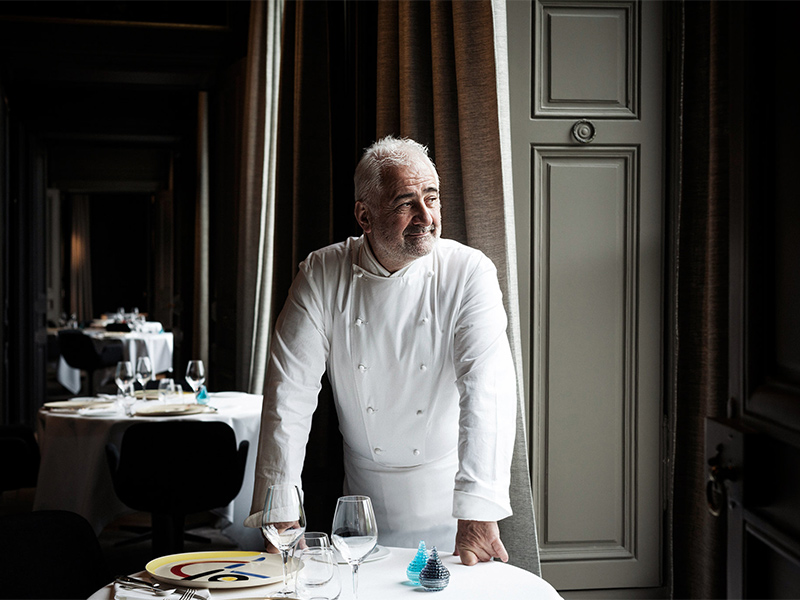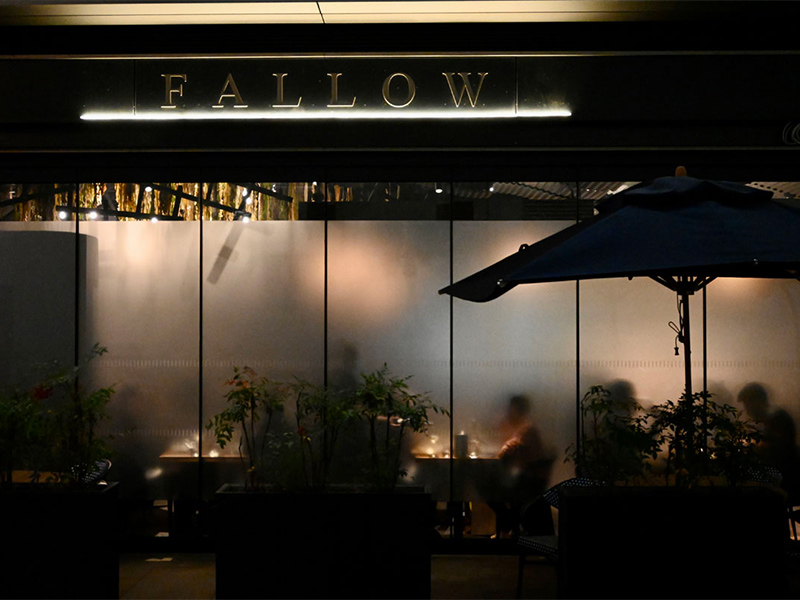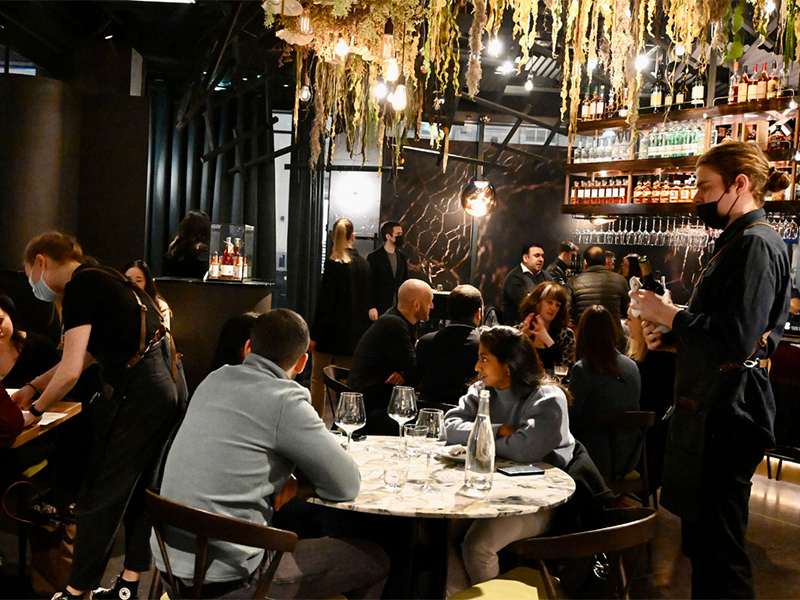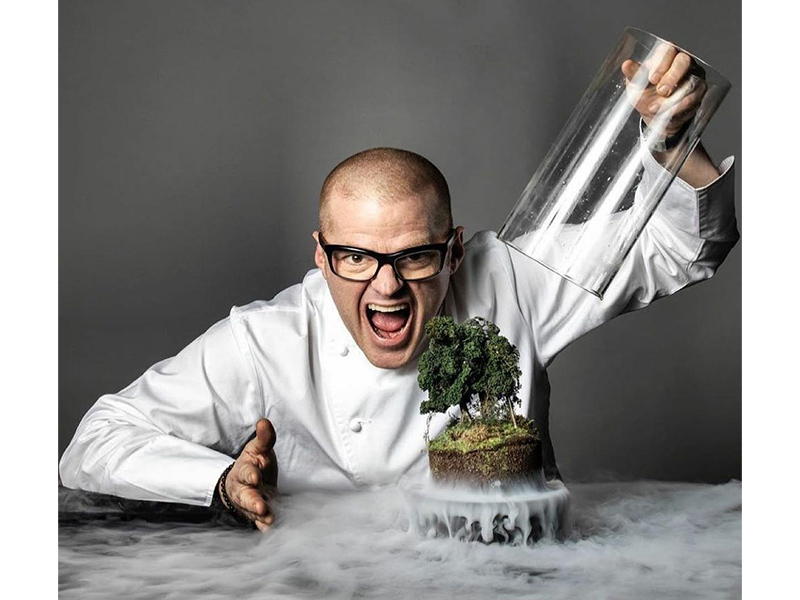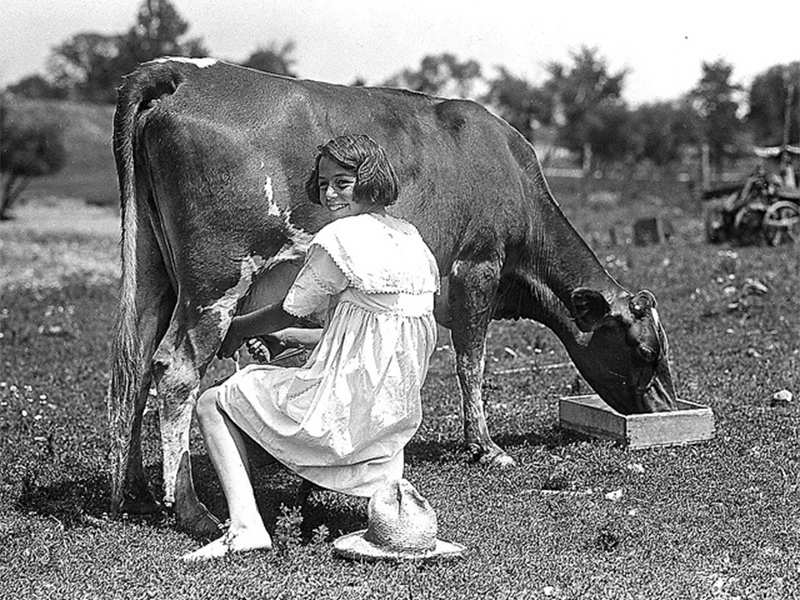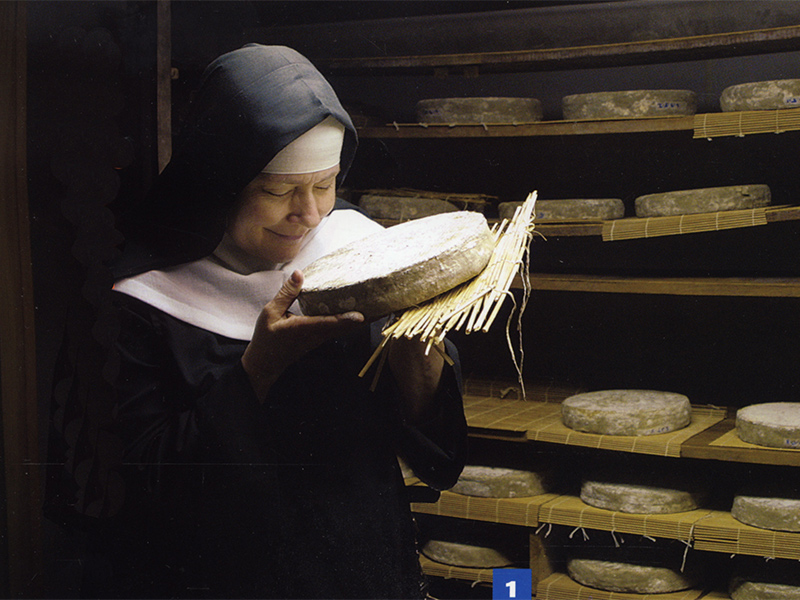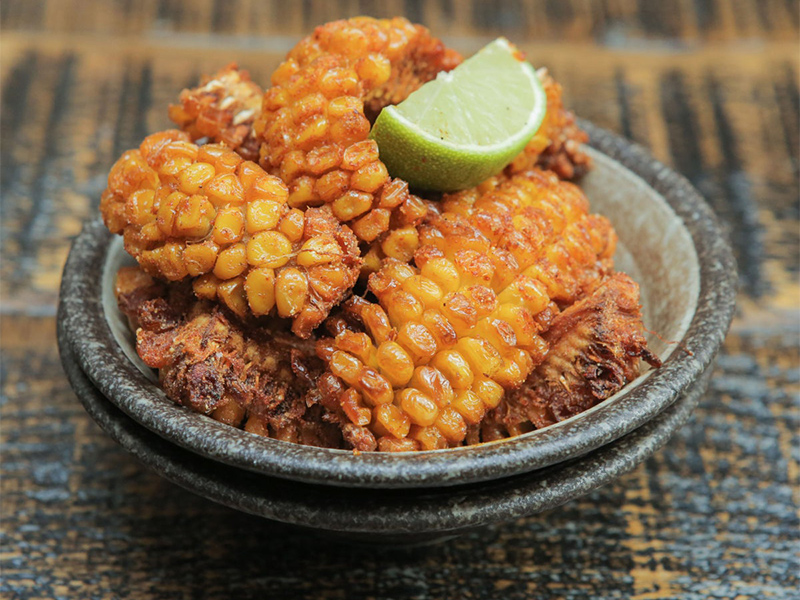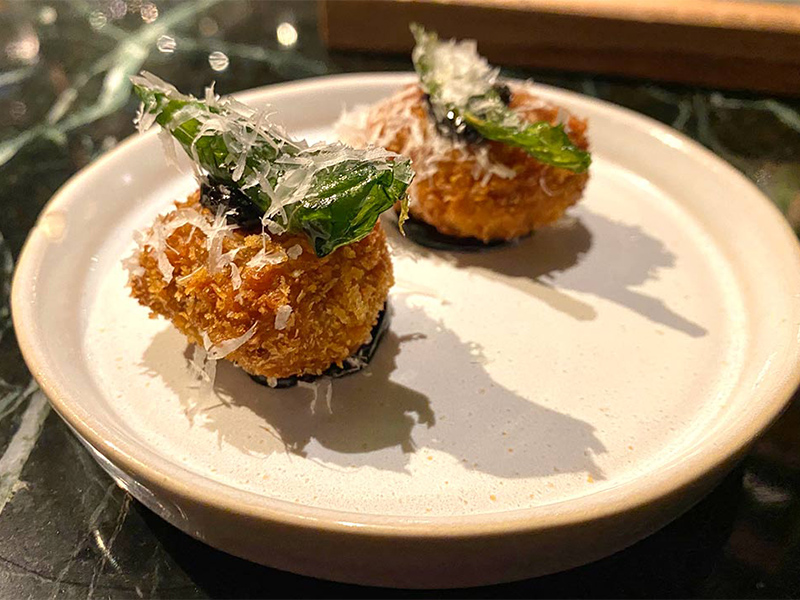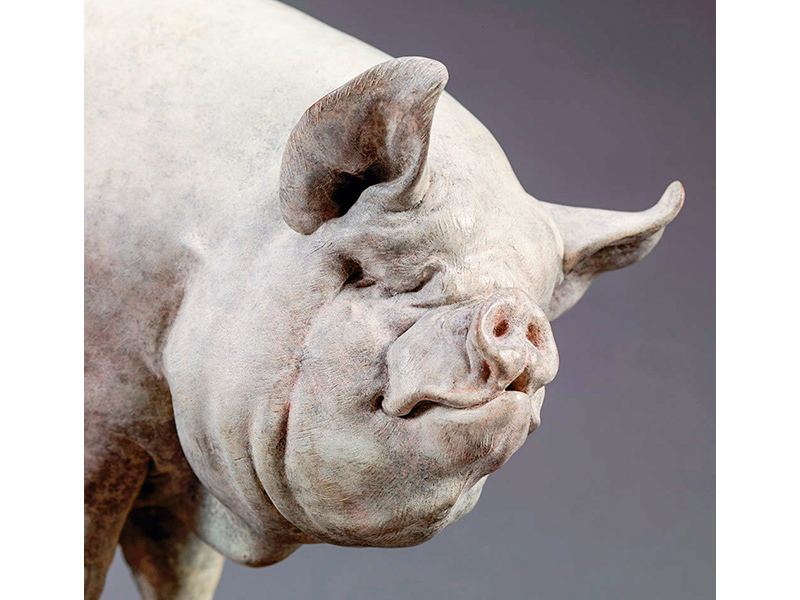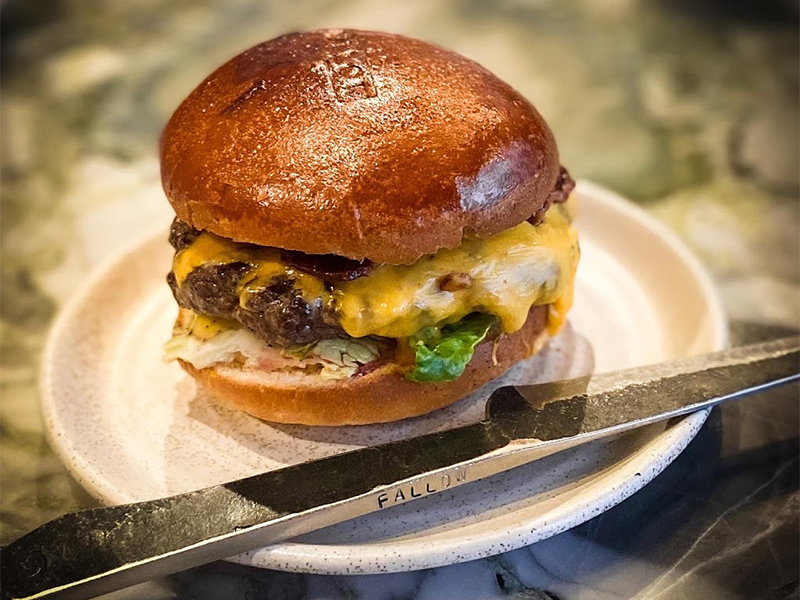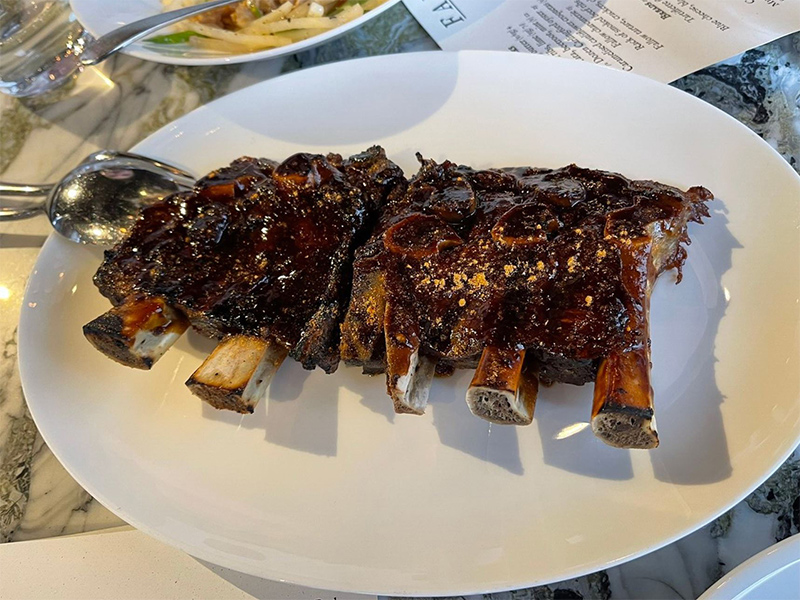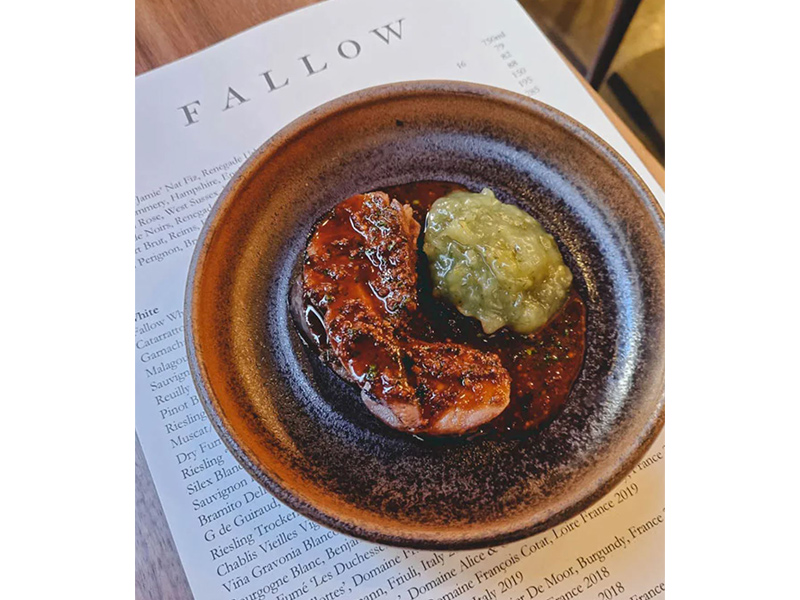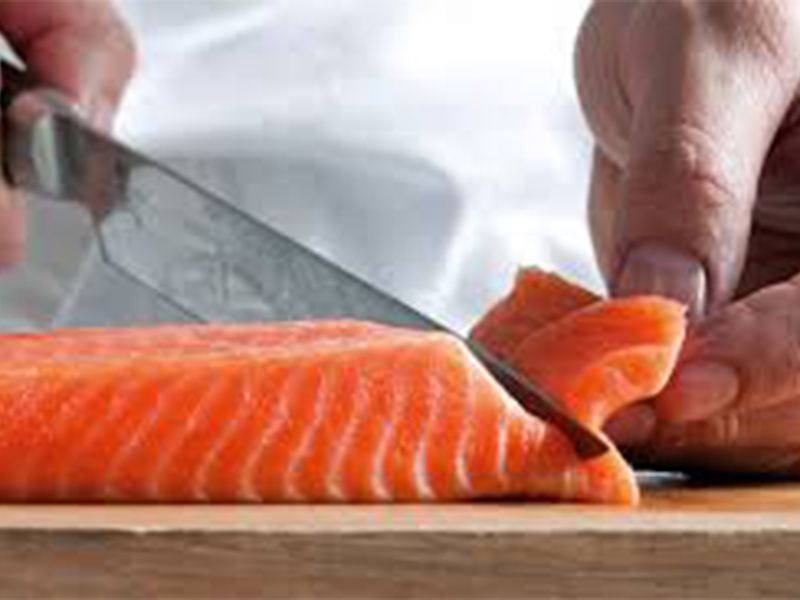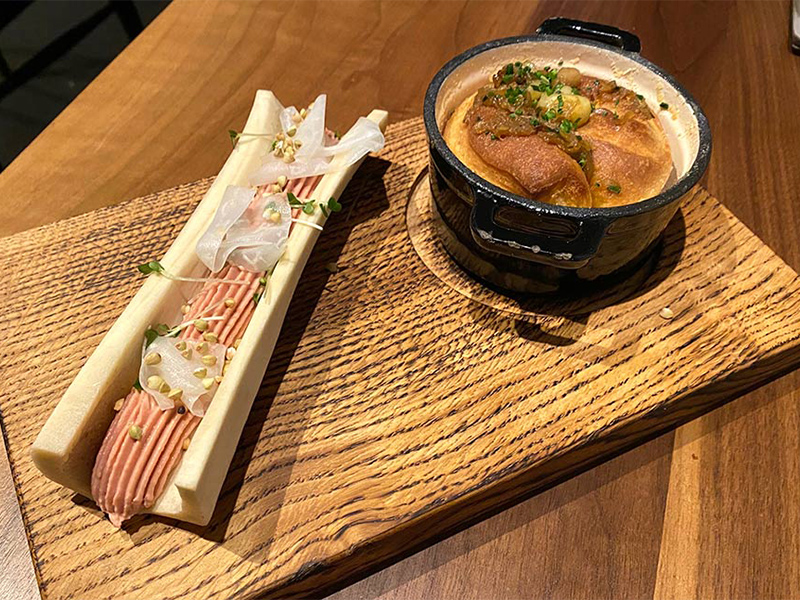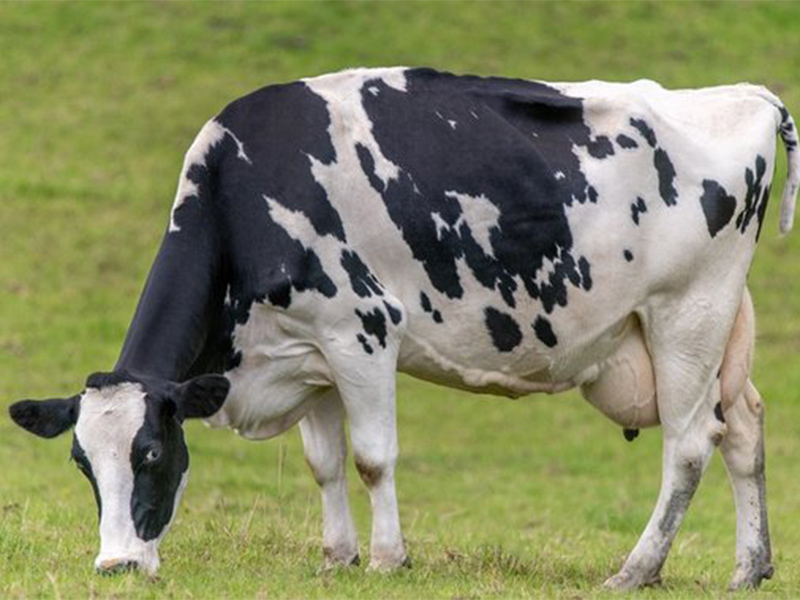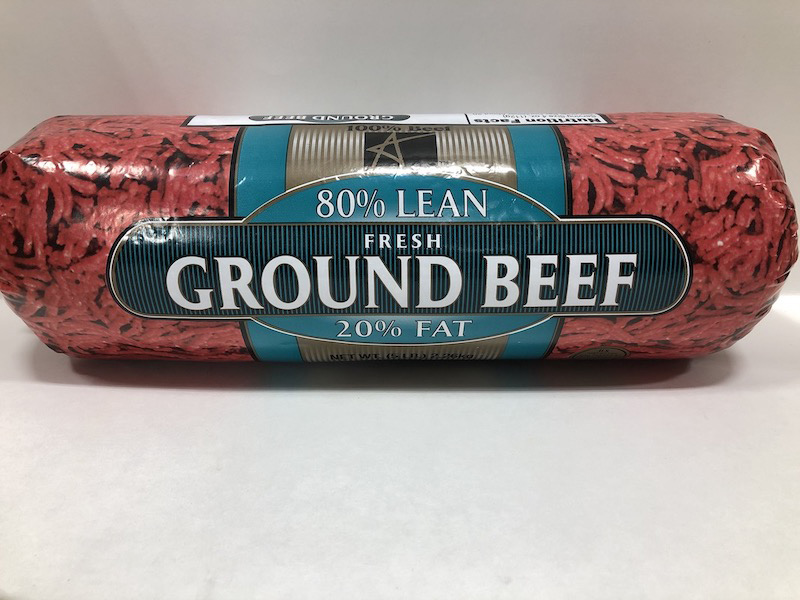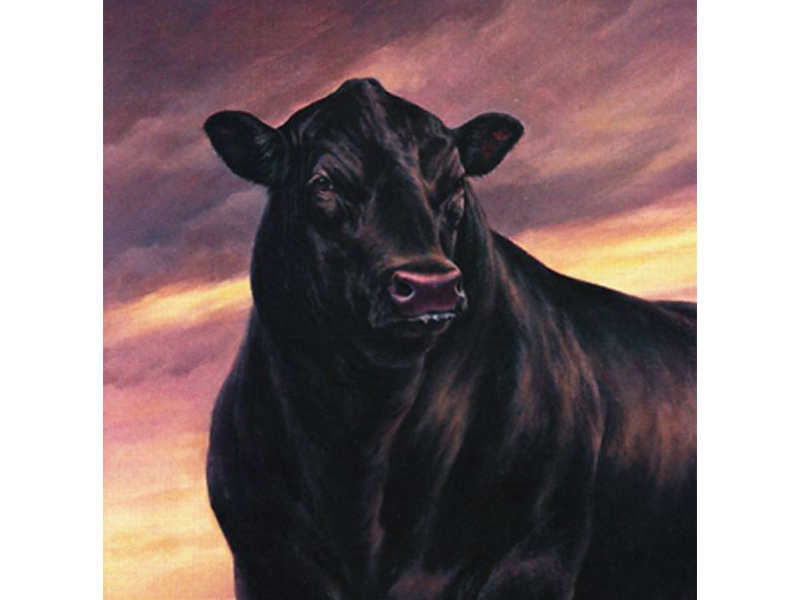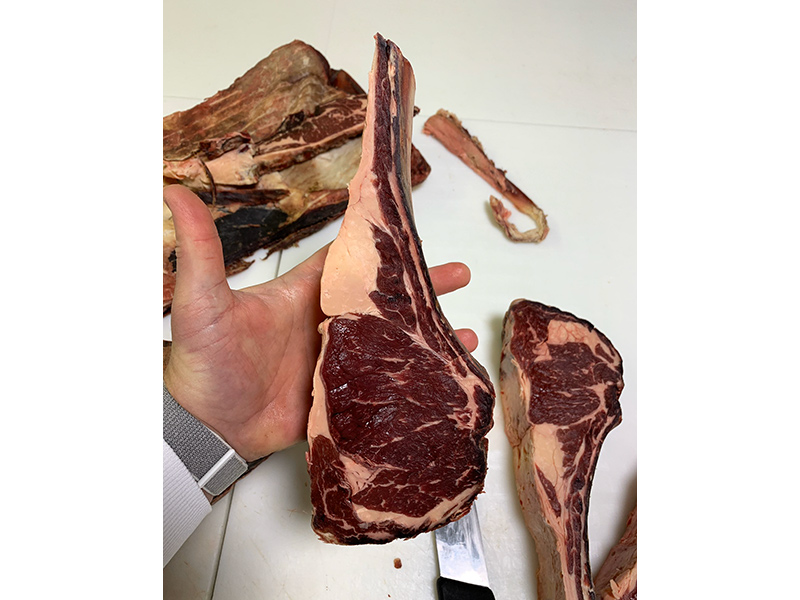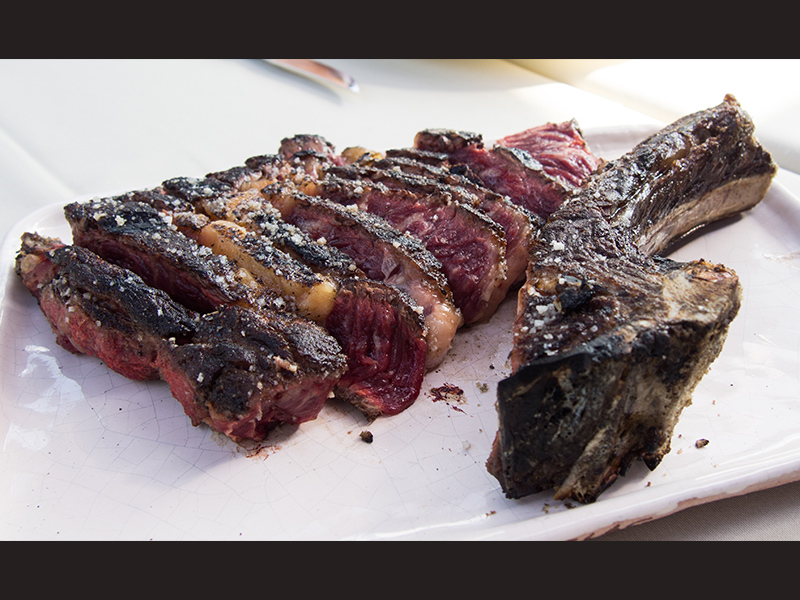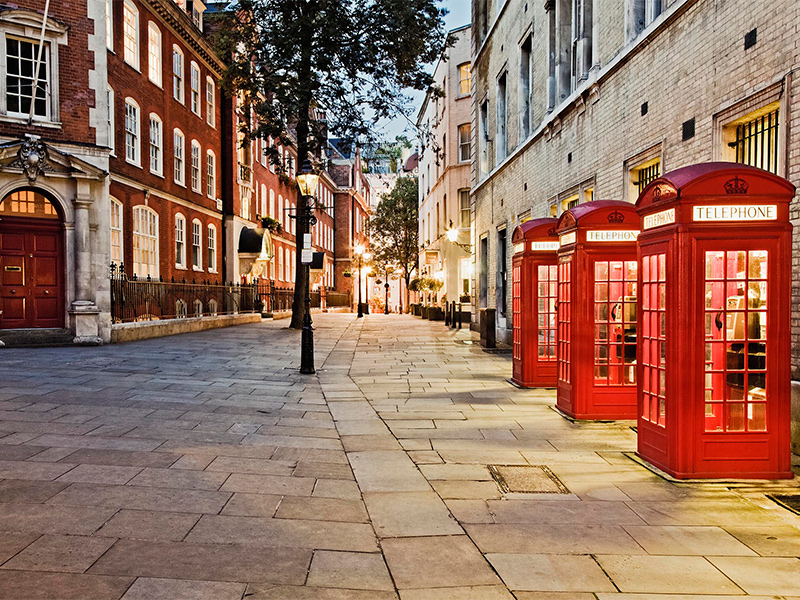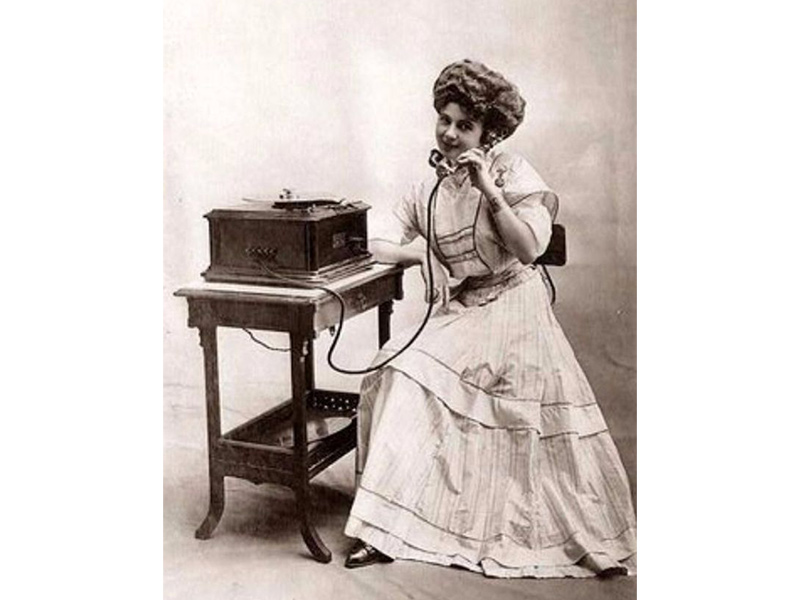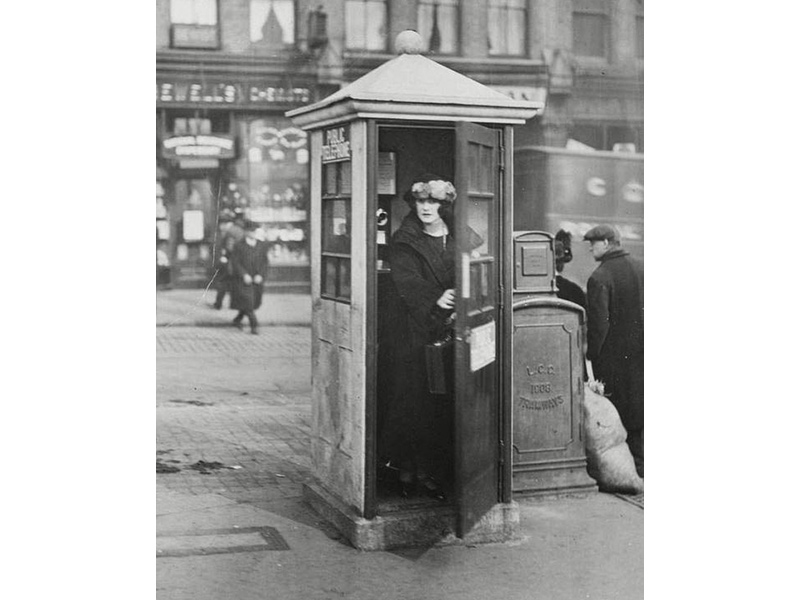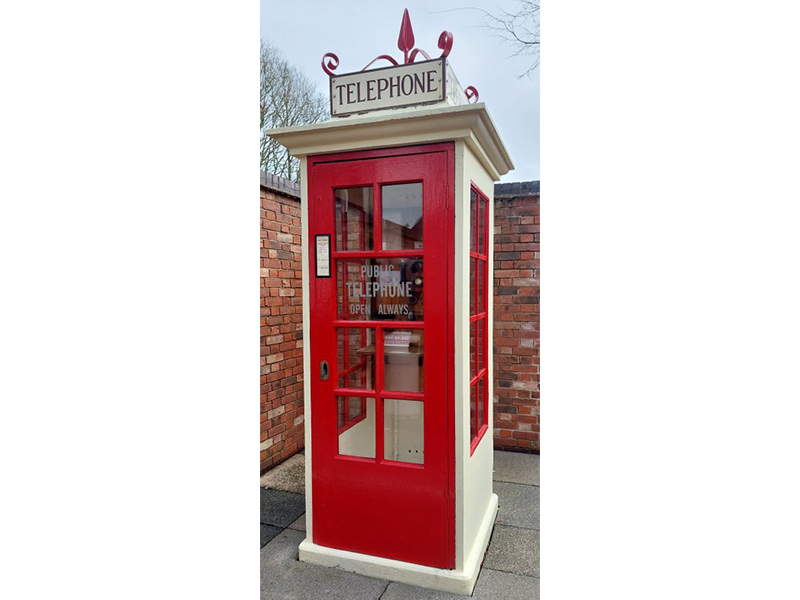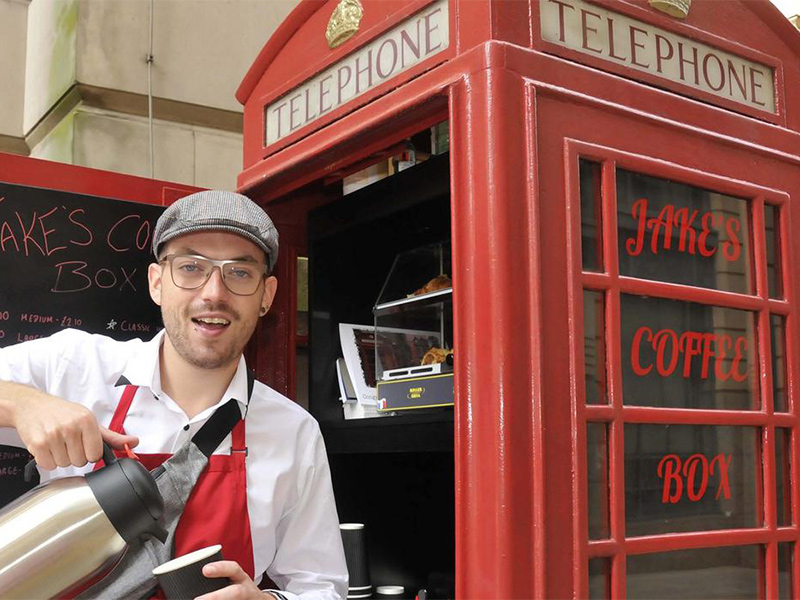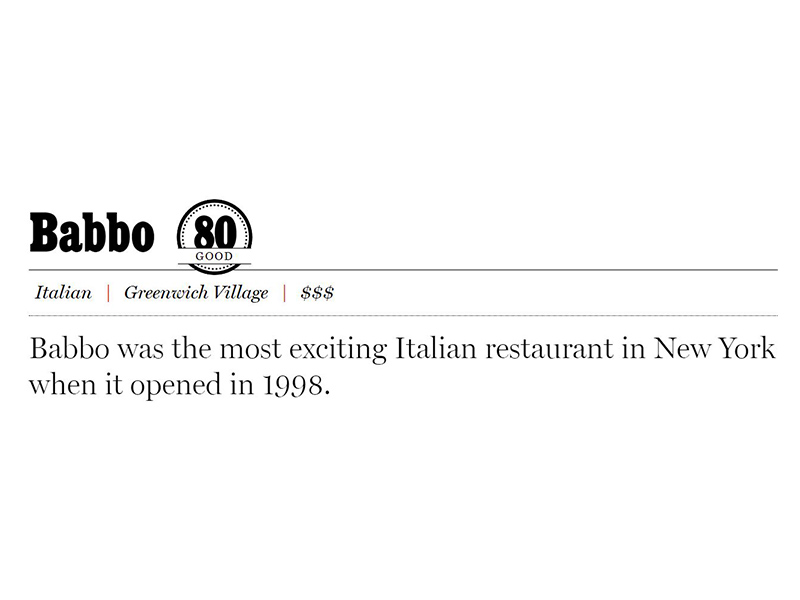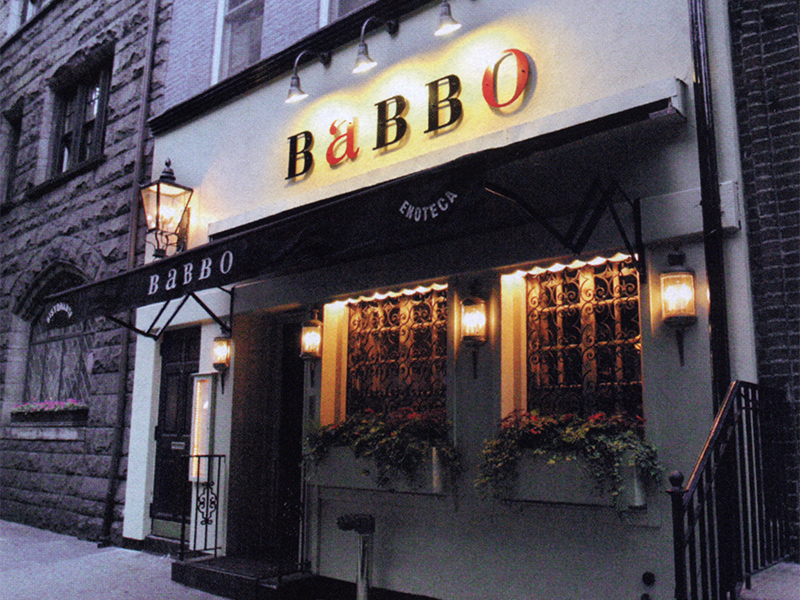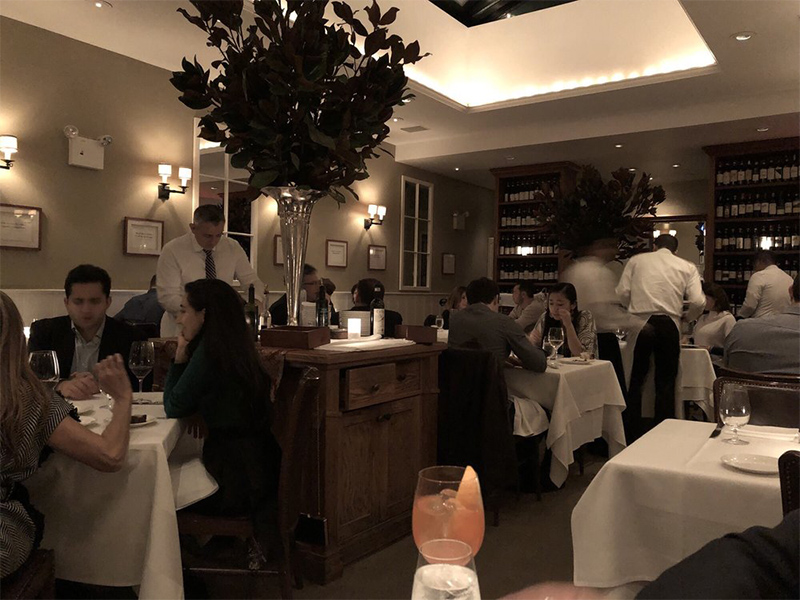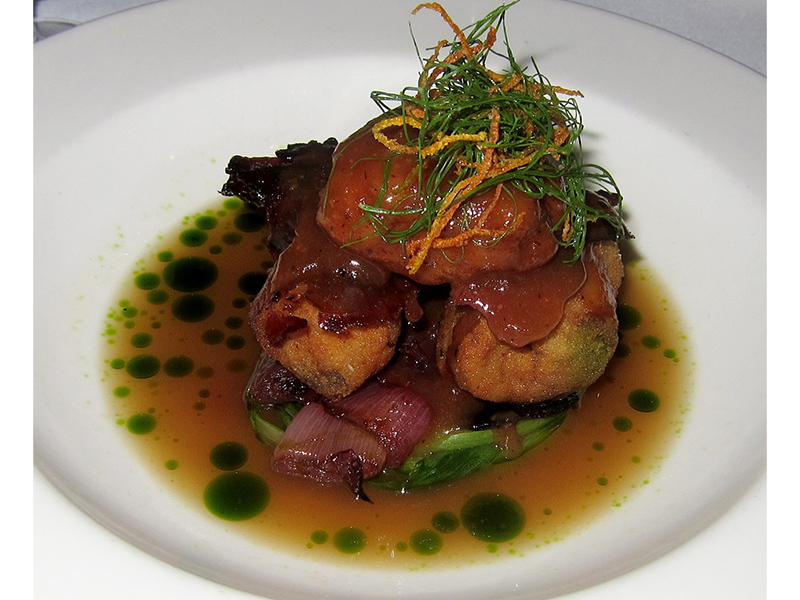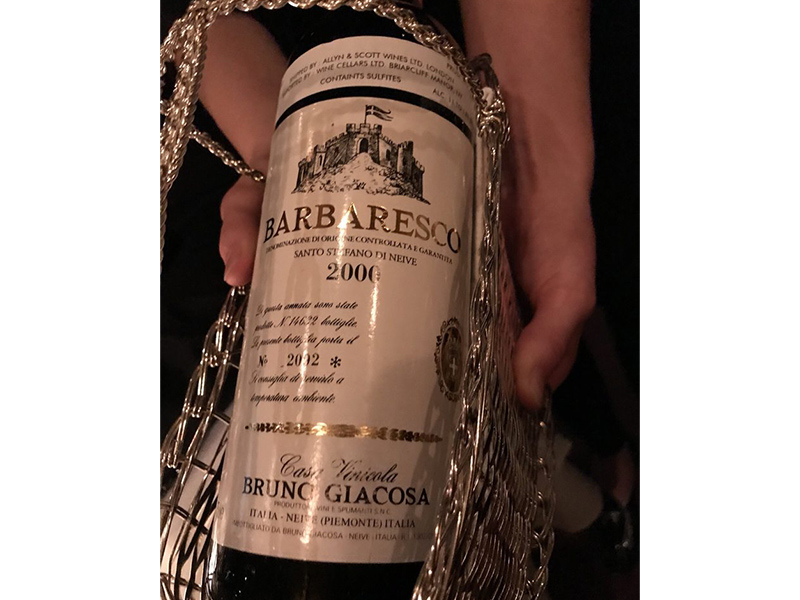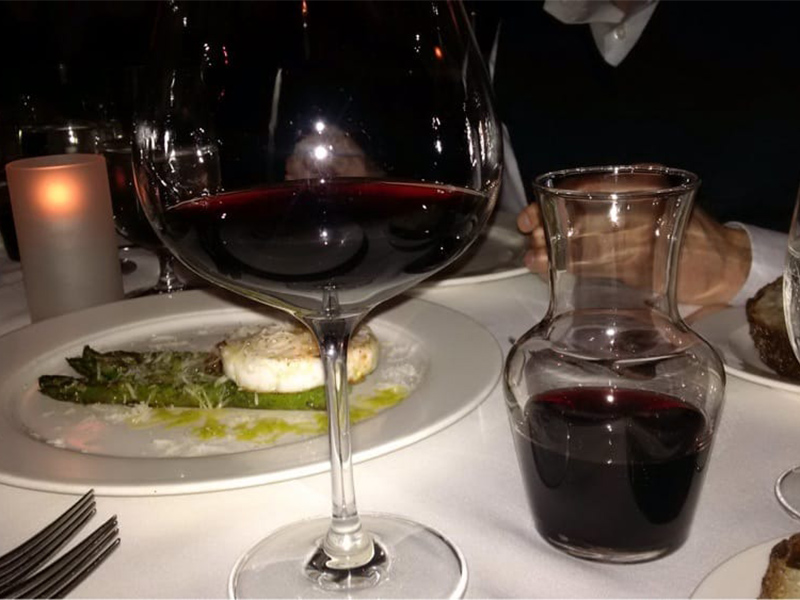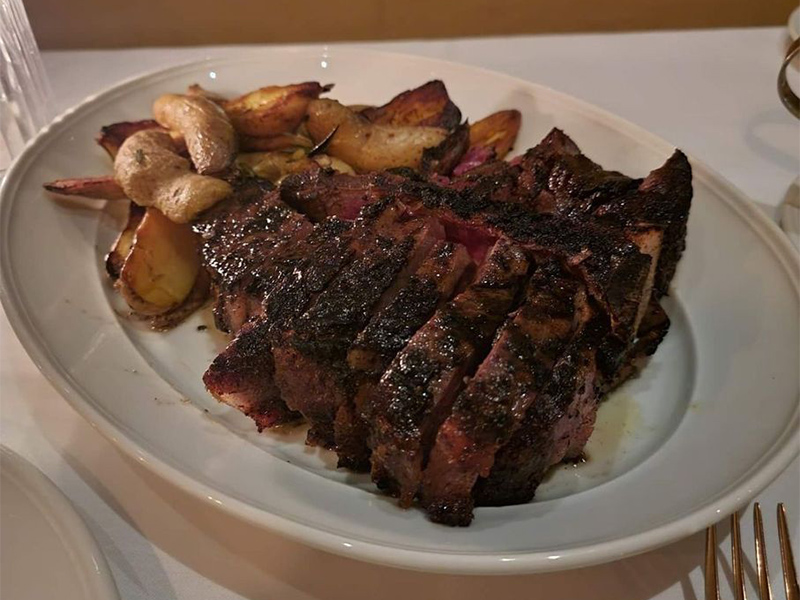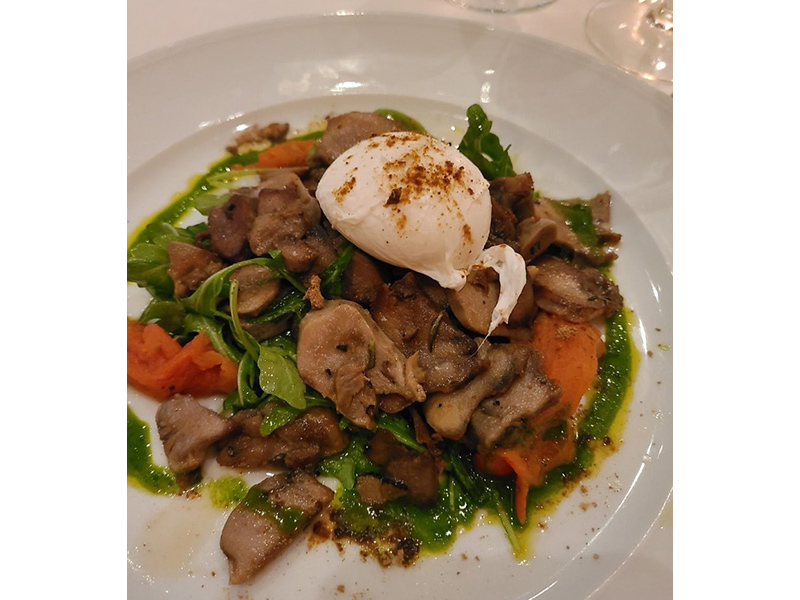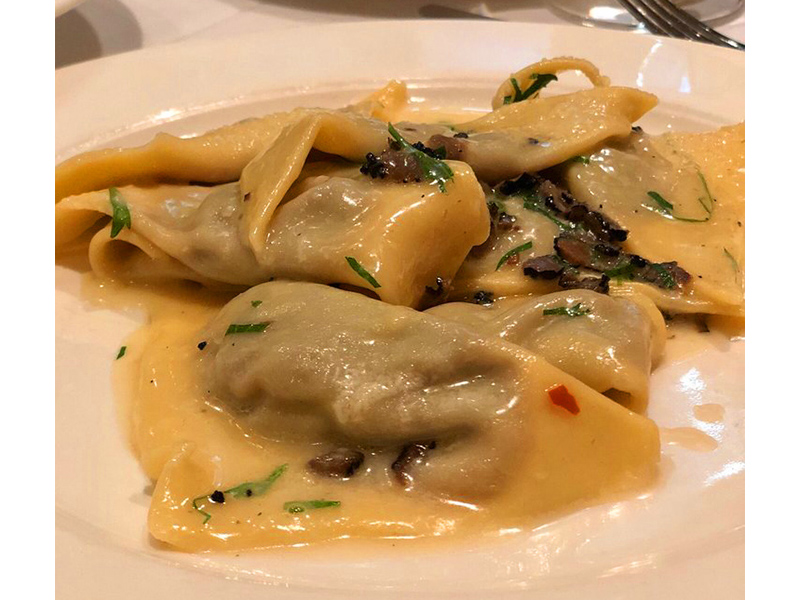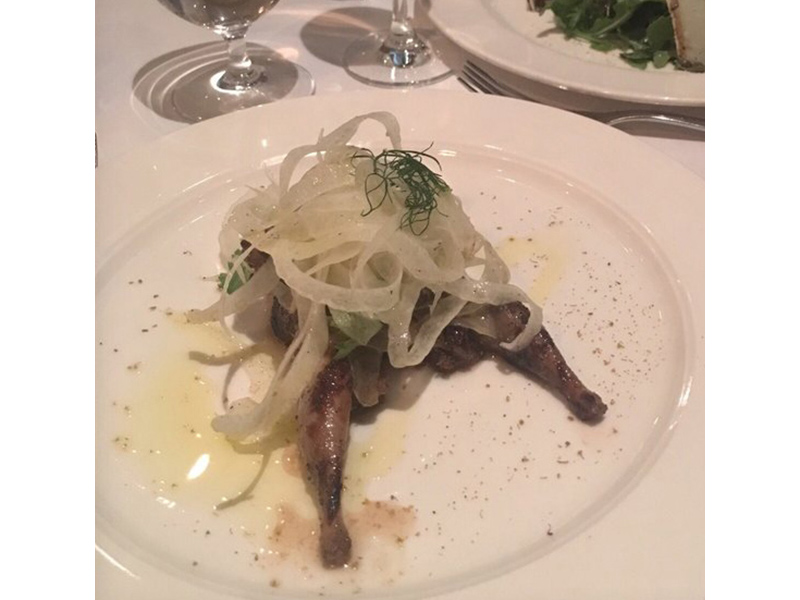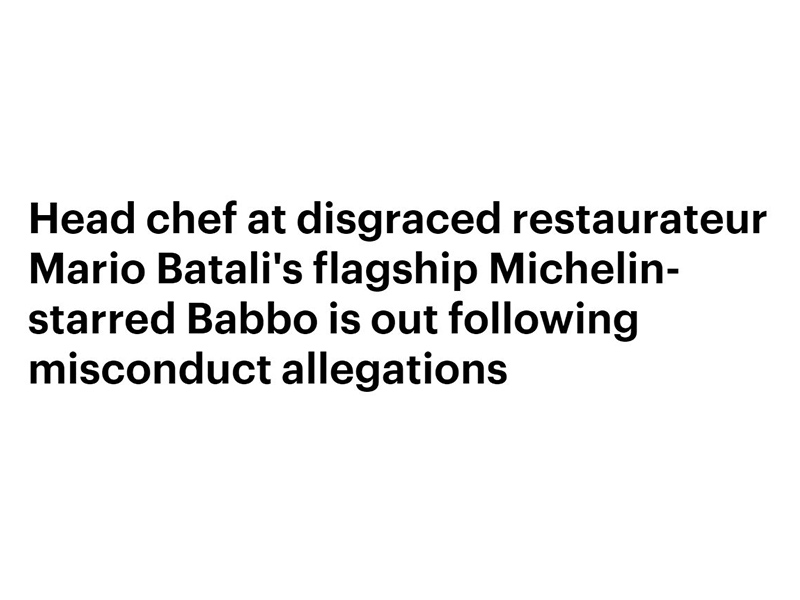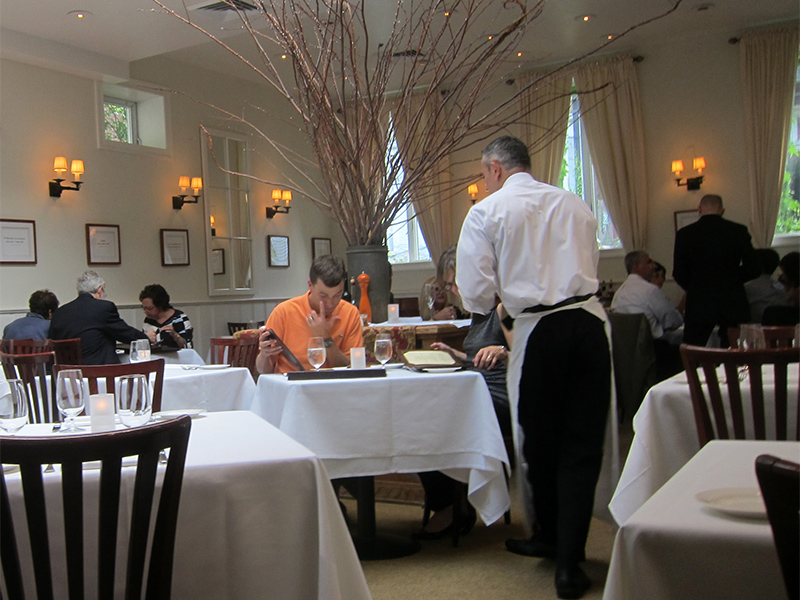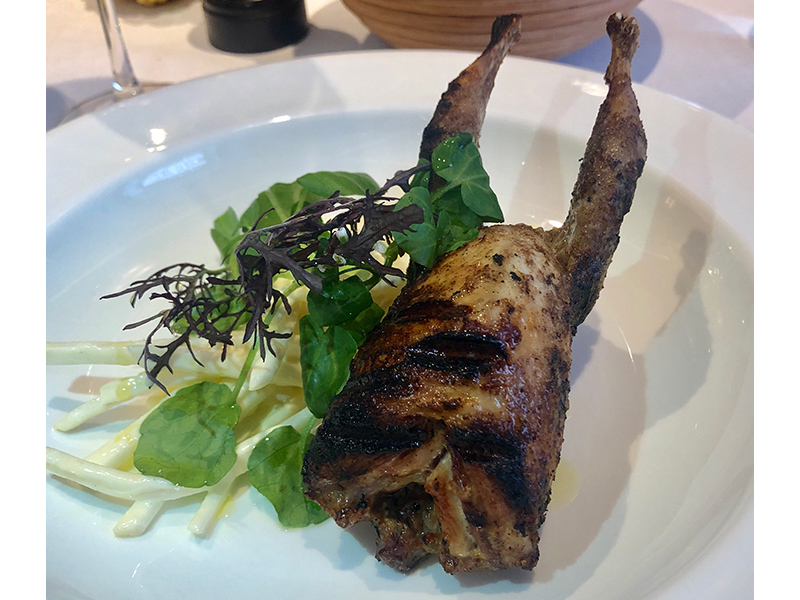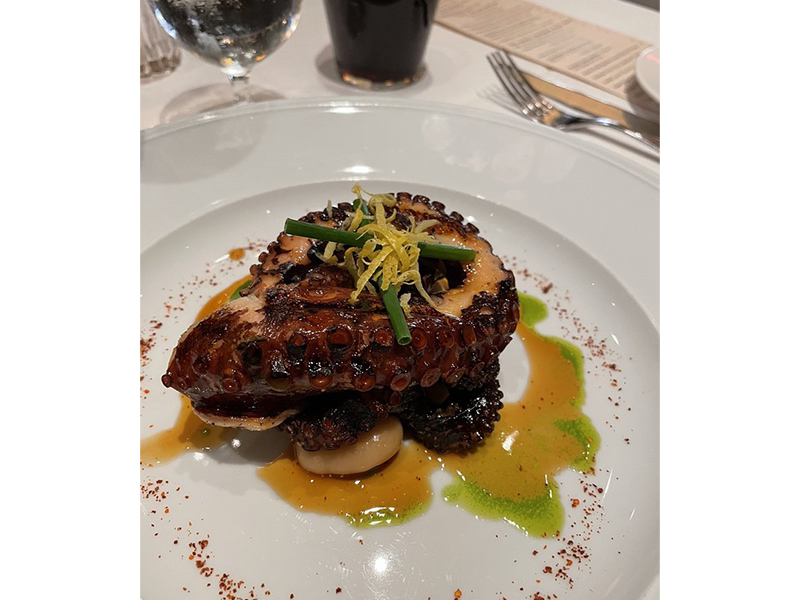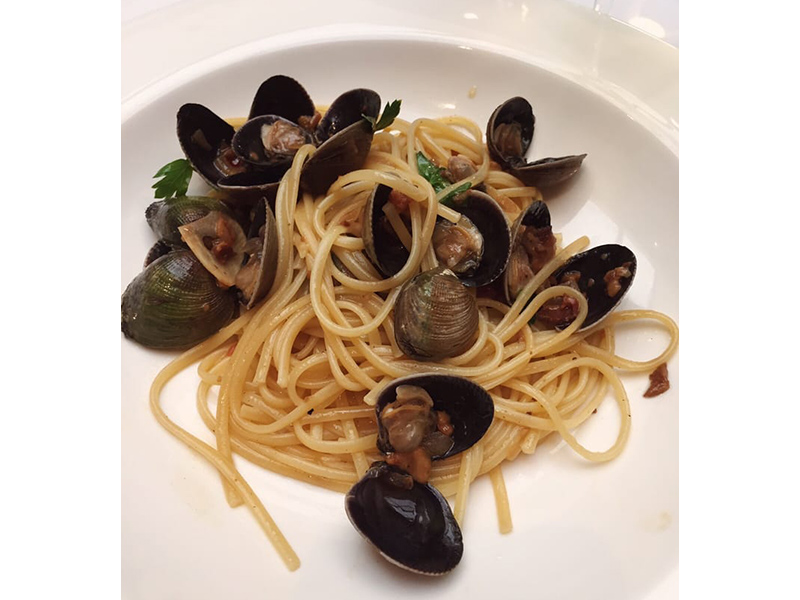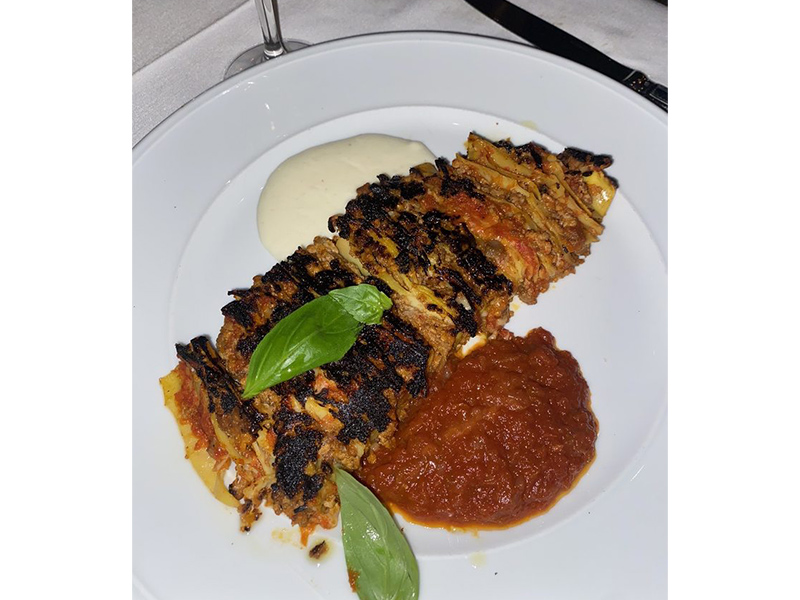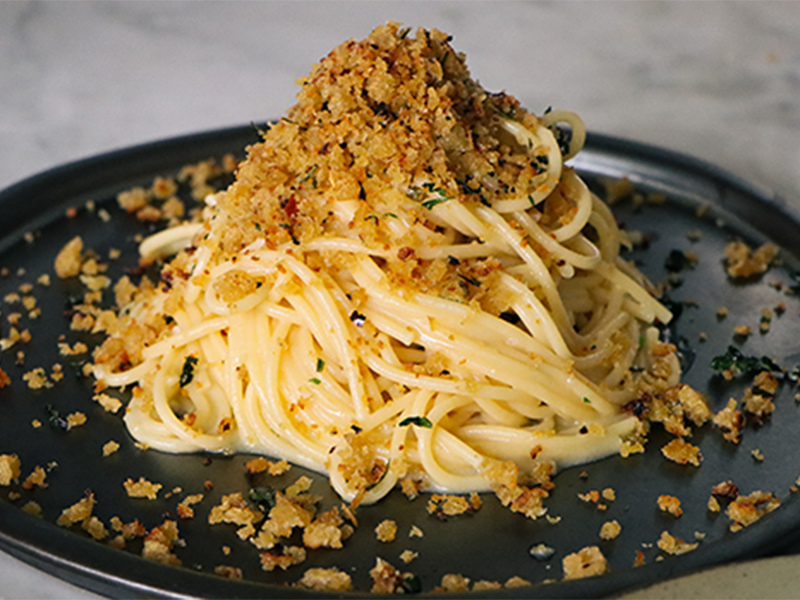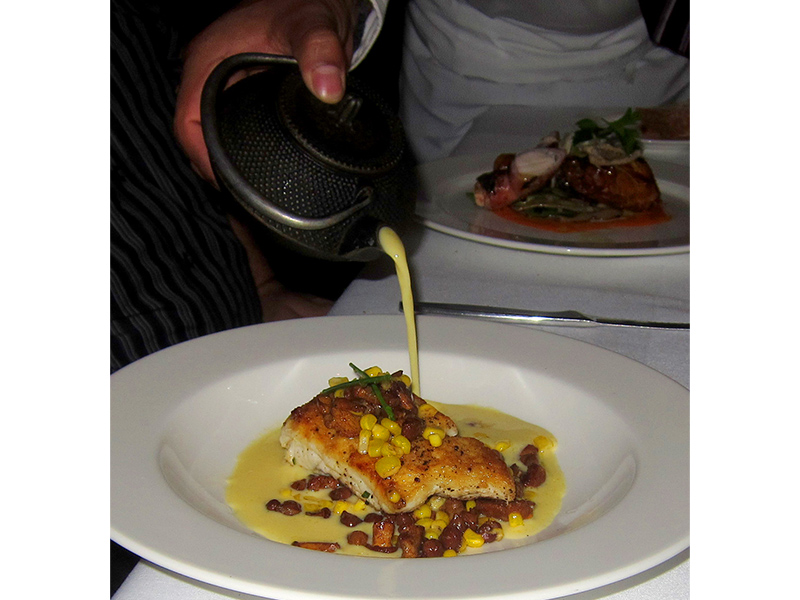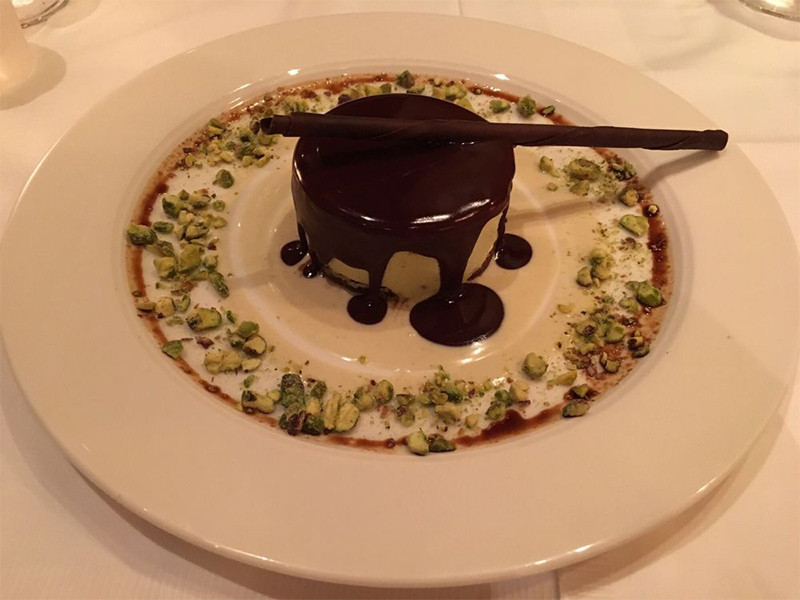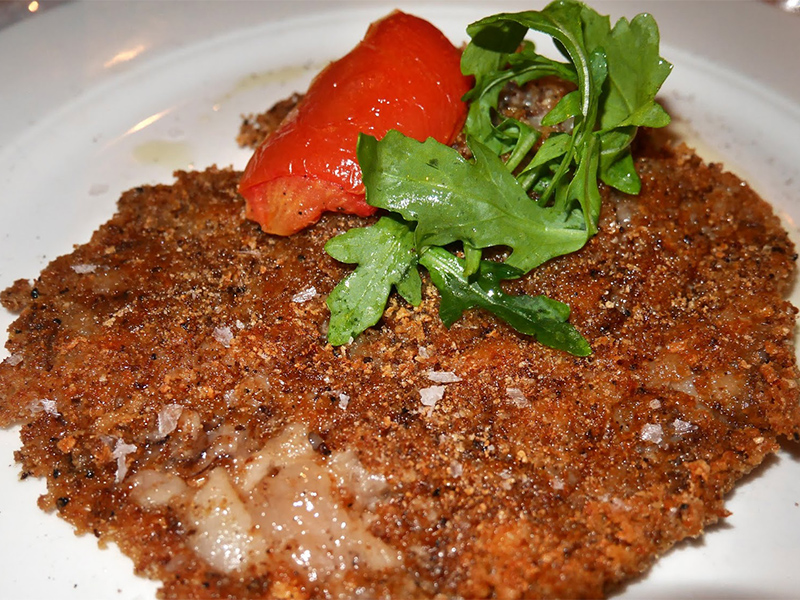London is a wonderful walking city, maybe the best I’ve ever experienced.
Joanne and I would walk for hours, taking the time to stop and stare and pause for a while whenever we felt like it.
The architecture is spirited and diverse, and everywhere on display…from old and very old to new and very new. There’s always something to capture your interest, whether churches, monuments and public art or royal dwellings, sites of scandal, shops and charming cafes and restaurants.
Stepping out of our hotel in Mayfair, we’d frequently flip a coin (a satisfyingly hefty 1 pounder) to determine if we’d turn left or right to begin our morning stroll.
Frequently we started at the southeast end of Hyde Park and walked through the exquisitely manicured flower garden, then along the north shore of the Serpentine (a 40-acre lake) before doubling back to a point just outside of Kensington Gardens.
Now, here, you have a choice:
You can bear to the right and aim for Kensington Palace (about 15 minutes). Of course, it’s beautiful but you won’t see William, Kate, George, Charlotte or darling little Louis on your stroll, as the family have recently moved out of the palace and now reside in Adelaide Cottage in Windsor.
More often than not, Joanne and I would bear to the left, continuing our walk on the south side of the Serpentine until we reached the Princess Diana Memorial Foundation, where we’d stop for a well-deserved pause in one of London’s most serene settings.
Okay, up and at ‘em: From the Diana Foundation, it’s off to the Gothic-on-steroids Albert Memorial and out of the park via the ornate Coal Brookdale Gates and then across the street to the Royal Albert Hall. Now you’re on Kensington High Street and into a different area of London: the W8 district.
You’re also in for a treat if you head west ‘til you come to Abington Road – about a 25 to 30-miinute walk..
Turn left and there it is…KITCHEN W8.
We dine here each and every time we’re in London, in part because the restaurant so masterfully balances contrary forces:
- Food meticulously prepared…but easy to eat.
- High end…but no dress code.
- Michelin-starred…but without the challenge.
- Modern British…but with a French soul.
- White tablecloth…but with a crumb sweeper.
If there are two of you, request table #26. It’s a corner table with a view of all the action.
Since Joanne and I have dined at W8 so often over the years, the following is but a general sampling of what whiz-brained chef MARK KEMPSON creates. He changes the menu frequently.
Don’t be surprised if, immediately after you’re seated, Chef Kempson himself appears at your table bearing an unsolicited treat. The last time we were there, it was Black Rice Crisps with Spring Pea Hummus. The complementary bread was a Rye Sourdough with Dried Apricots and Toasted Black Walnuts.
Now, THAT’S what I call a good start.
Appetizers may include St. Austell Bay Mussels nesting in Yellow Chanterelle Chowder, Crispy Croquettes of Mangalitsa Pork (an Austrian heritage breed) with Smoked Egg Yolk, White Asparagus and Black Pudding.
Loved by me, and hated by Joanne, were two appetizers: Glazed Lamb Sweetbreads with Girolle Mushrooms and Black Garlic, and Torchon of Foie Gras.
Don’t pity my wife, however. She devoured a Warm Vegetable Salad with Toasted Hazelnuts, White and Green Asparagus, Carrots and Broad Beans dressed in Périgord Truffle Cream.
I cannot remember a beef main course that did not feature a cut from one of Scotland’s premium beef breeds, whether it be Ayrshire, Belted Galloway or Aberdeen Angus…sometimes served with Potato Puree (different than mashed) involving butter, butter, butter. The Christmas holiday version included a softball-sized Hot Popover.
I’m the only one in our family that will gladly eat veal, and I’m glad to report it’s often on the menu at Kitchen W8.
Once I dined on Roast Rump of Veal with Spring Peas, White Asparagus and a surprising counterpoint of a Chinese Egg Roll alongside. On another occasion, Chef Kempson prepared a slow-roasted Rump of Rose Veal, again with White Asparagus, but this time smothered with Morel Mushrooms and White Truffles.
With the Atlantic Ocean on England’s doorstep, Kitchen W8 sources the preponderance of its sustainable seafood species from the Cornwall coast in the southwest. I’m normally not a big fan of mackerel – too oily – but this one I liked a lot: Grilled Cornish Mackerel with Yellow Beets, Smoked Ell, Sweet Mustard and Little Gem Lettuce. Joanne especially likes any of W8’s fresh seafood offerings, whether it’s Steamed Brill, Pollock, Slow-Poached Sea Bream, Hake, Cod, Mussels or Oysters. All good.
Most of our trips to London have been in October or November – the height of the hunting season. That’s one reason we always include the old school RULES restaurant in Covent Garden, with its unbeatable seasonal game.
W8, however, is no slouch in this department. But their game dishes are less old school than Rules’ and more English Modern interpretations. For example, Aynhoe Park Venison is served beautifully soft and rare with Celeriac and Grilled Pear. Roast Wild Yorkshire Grouse with Liver, Bacon and Damson Plum is not for those with Lutheran taste buds, but mine revel in the earthy rankness of dishes like this, as well as Kempson’s quail ravioli and his rabbit and bacon pie.
Heritage pigs also appear on the menu in the form of Prosciutto di Parma (the gold standard of porkers) and Jambon Iberico, Spain’s black-hoofed rival to Italy’s best. The difference between them? Italy’s are fed corn and Spain’s pigs grow up on acorns. Both taste great.
But after the esteemed hams, what to do with the rest of these prized pigs?
How about 55-day Aged Iberico Pork roast with Smoked Celeriac, Charred Pear and Iberico Bacon? Or bacon’s big brother, Iberico Pork Belly, slow-cooked and pressed with Potato Puree riding shotgun, Spring Peas and Preserved Lemon?
You must do side dishes.
If available, do not miss the Mac ‘n Cheese, throttled with Black Truffles. Nor will you want to pass up the Duck Fat-Fried “Crisps” (fries) scattered with Périgord Truffles and Parmigiano Reggiano.
If you can manage dessert (selections vary daily at W8), there are no bad actors – only best players.
Warm Vanilla Donuts with Elderflower Ice Cream and Baked Strawberries might be on the menu. Or perhaps a Vanilla Croustade of intense Gariguette Strawberries (What he the hell does “Gariguette” mean? I looked it up. It means “early spring.” Couldn’t they just say that? Oh well.)
Then there are the two showstoppers – both wretched excess!
First: Poached Yorkshire Rhubarb, Vanilla, Crème Fraiche, Blood Orange, White Chocolate and Toasted Marcona Almonds.
The other: Bitter Chocolate Opera Cake with Salted Caramel Ice Cream, Dried Fruits and Salted Nuts.
And finally…the cheese board, laden with Comte, Winchester and Derbyshire Blue Stilton with sourdough toast.
If you didn’t drink too much wine, now it’s time to RESUME YOUR STROLL, this time just through the Kensington neighborhoods, followed by a black London Taxi back to your hotel for a snooze before dinner.
What a day. And you can do it again tomorrow. And the day after, interspersing your eating with museums, West End theater, shopping, Buckingham Palace, the Churchill War Rooms, Westminster Cathedral, and hours of urban wandering, forming a tapestry that knits your whole trip together.
And if you’re feeling guilty about indulging yourself so decadently, pull out your phone and check your steps. You’ll have earned the day’s pleasures.
WTF,
Phil







